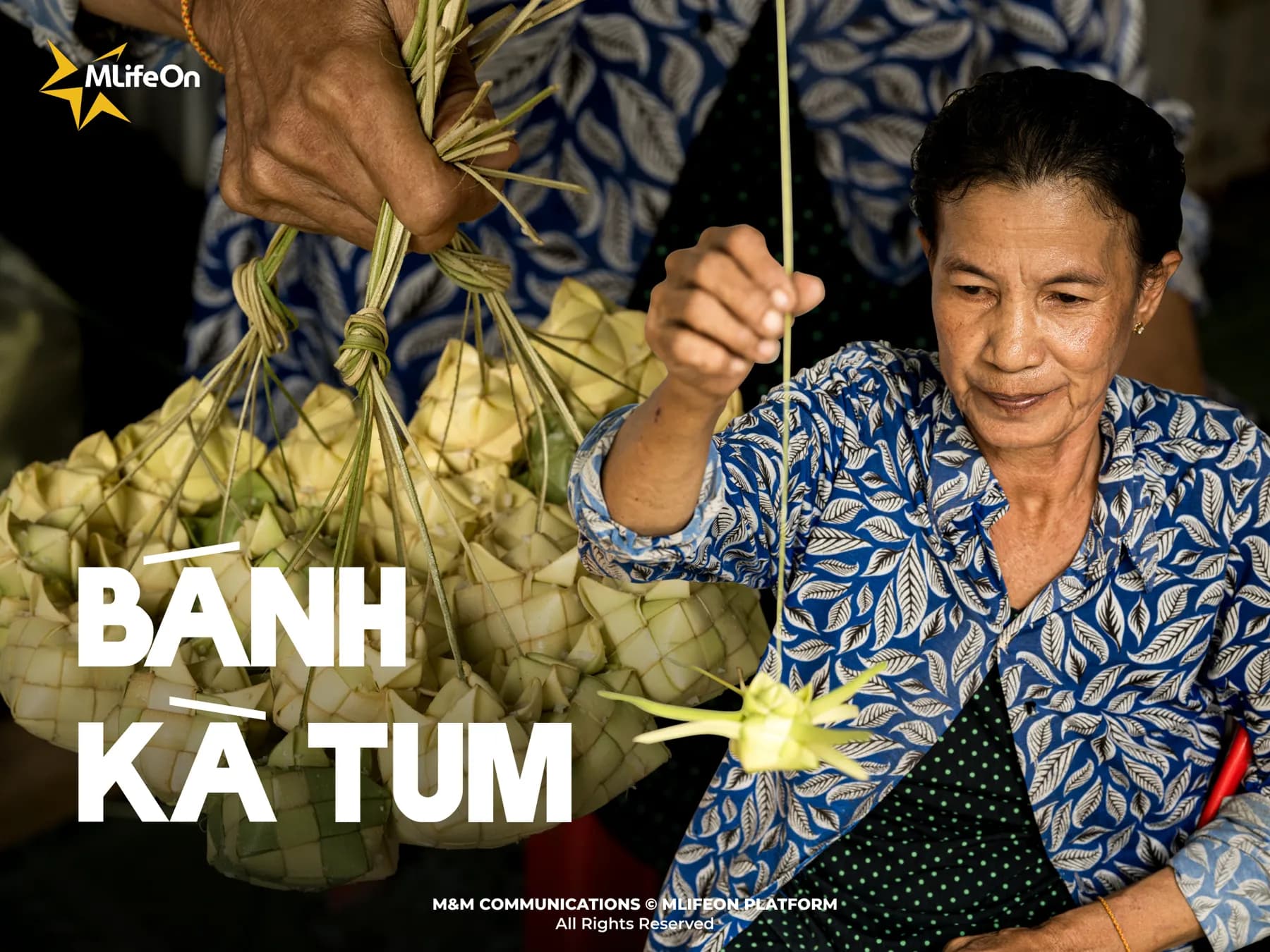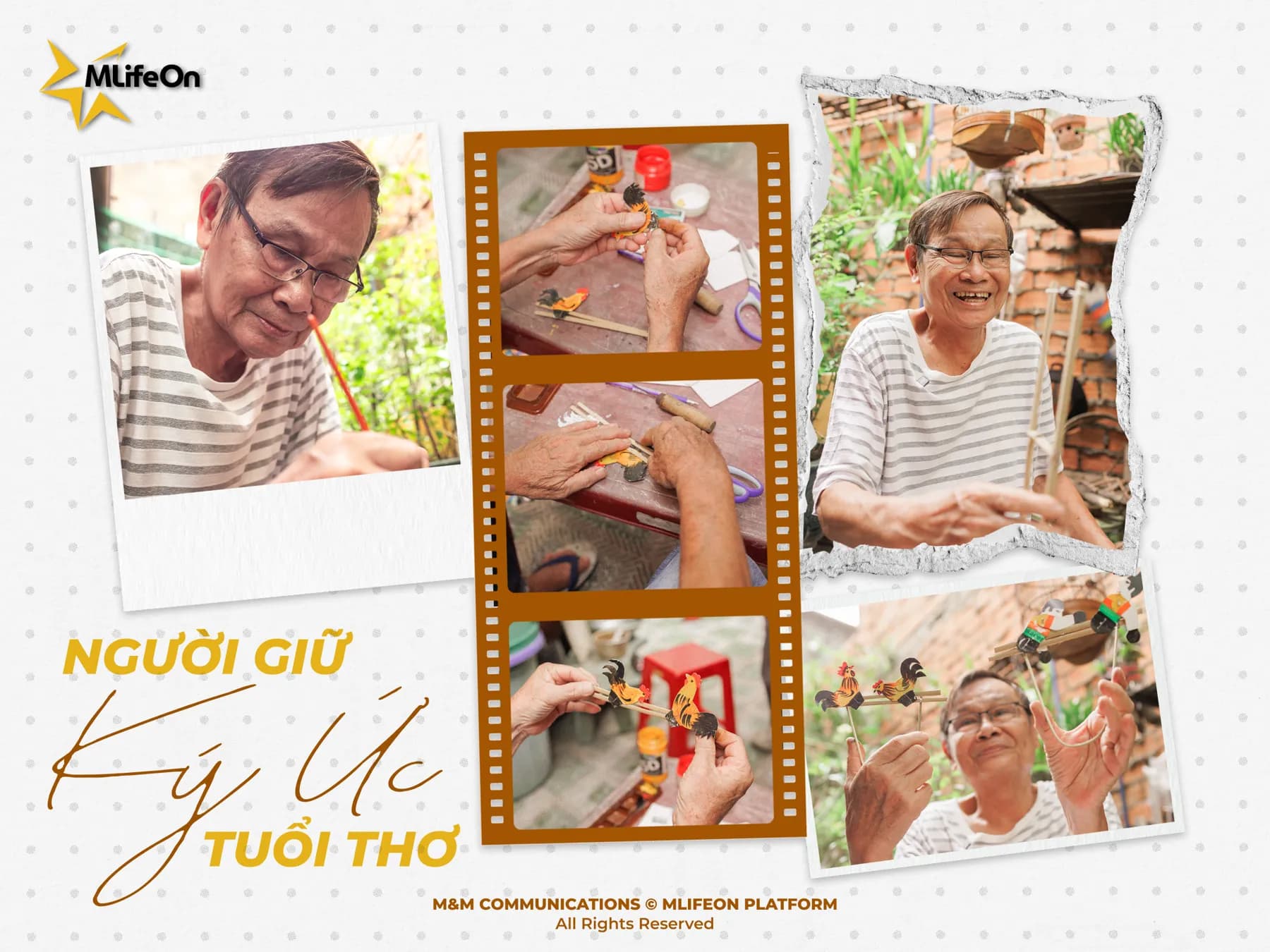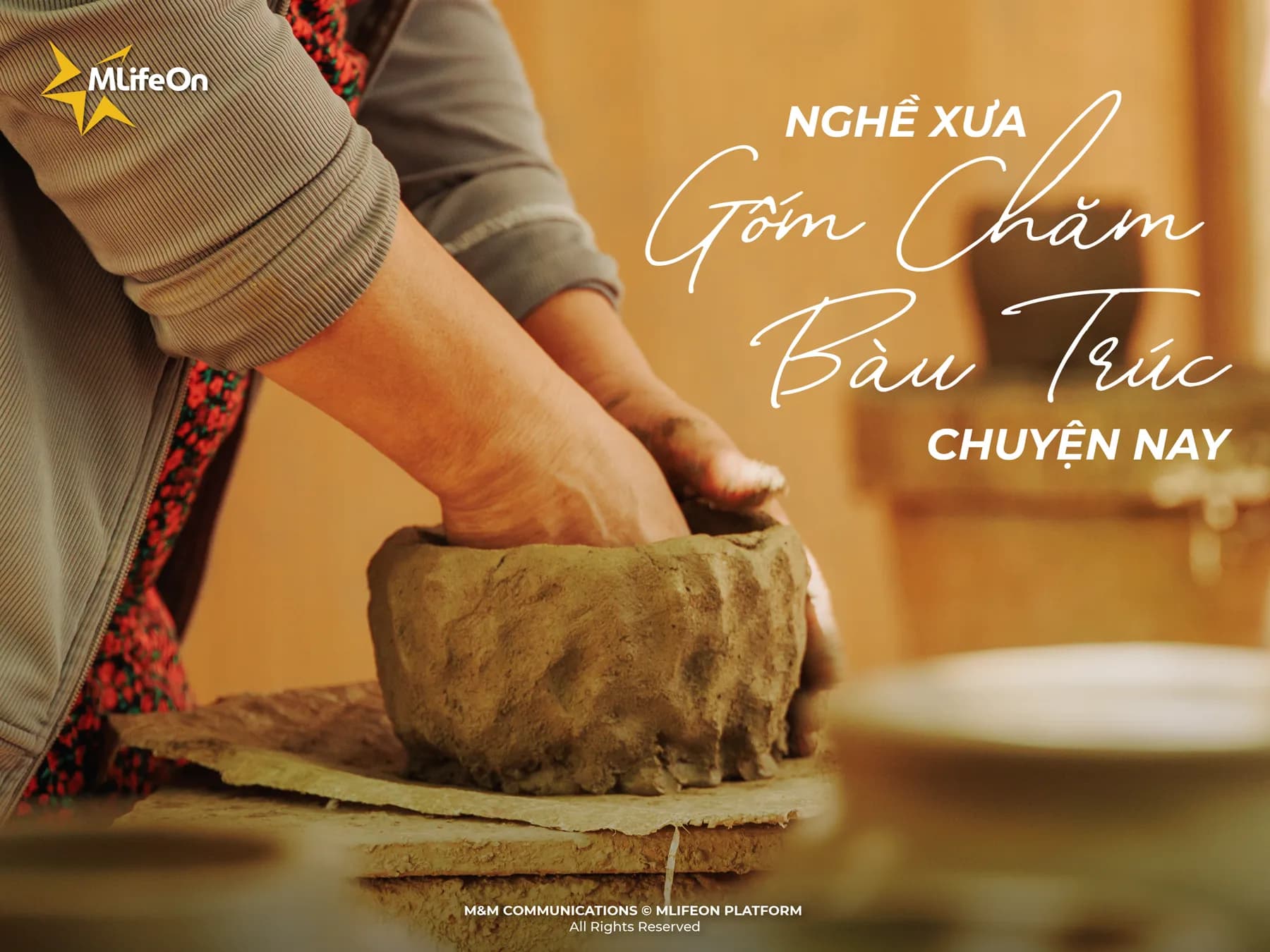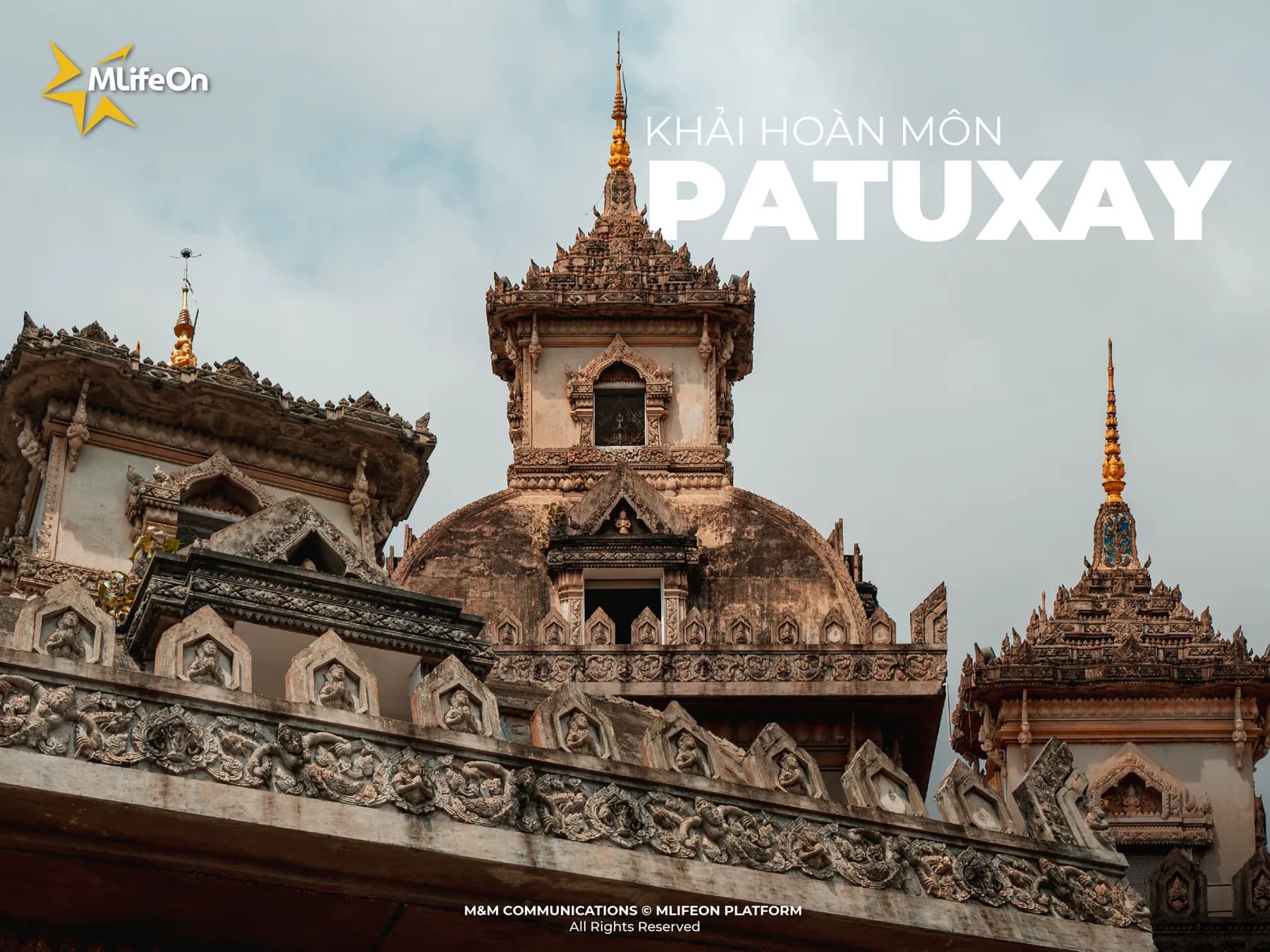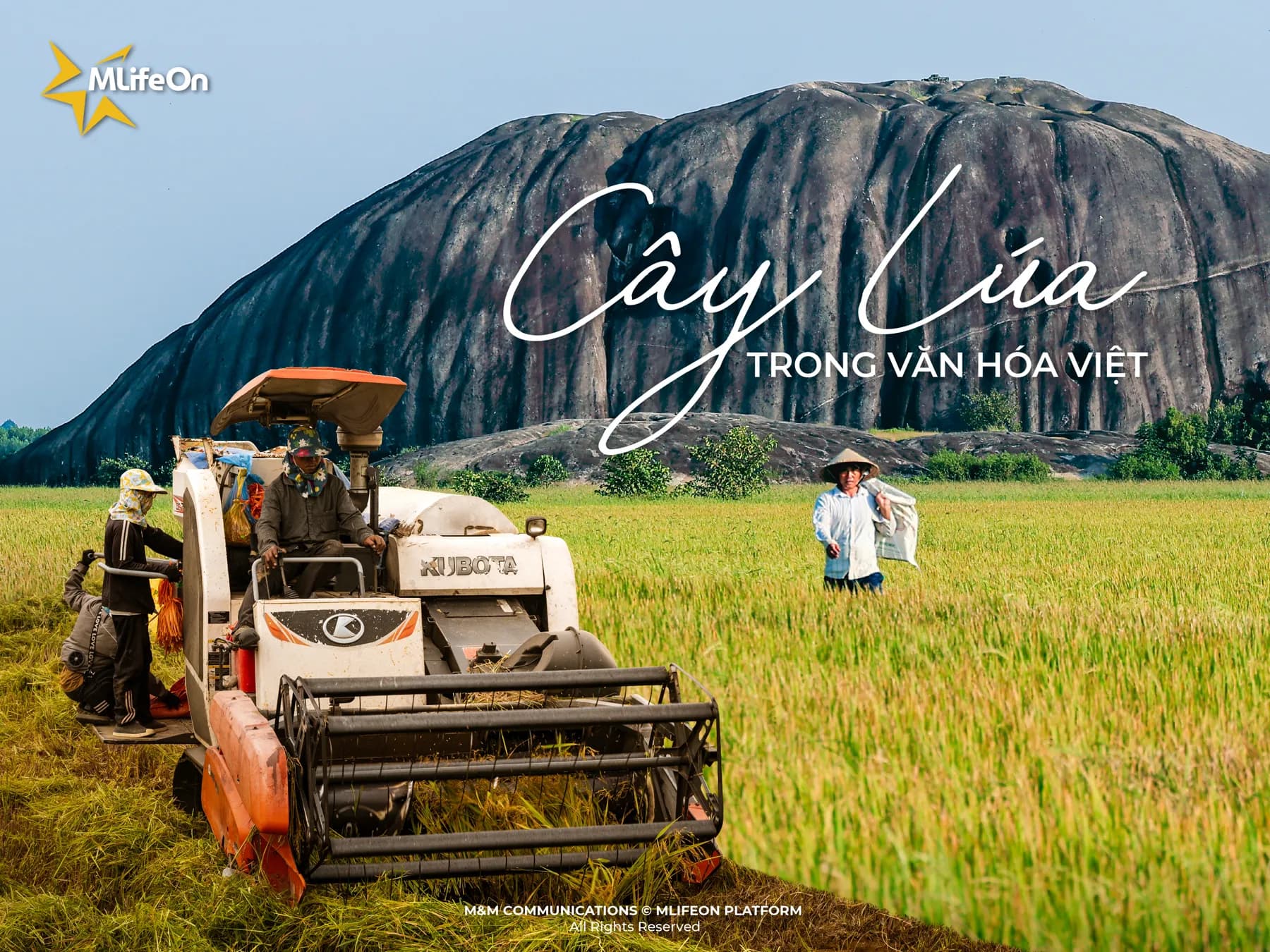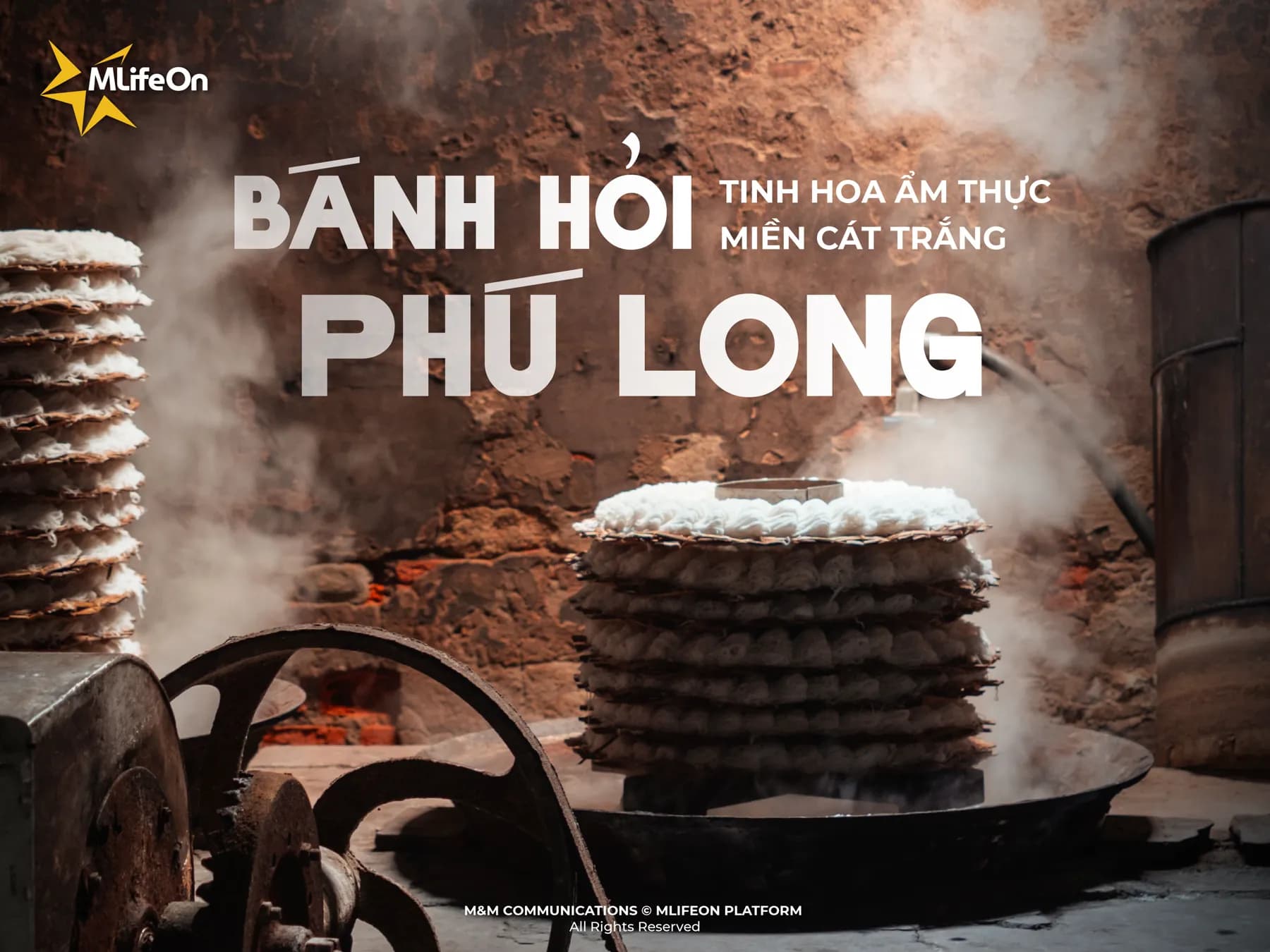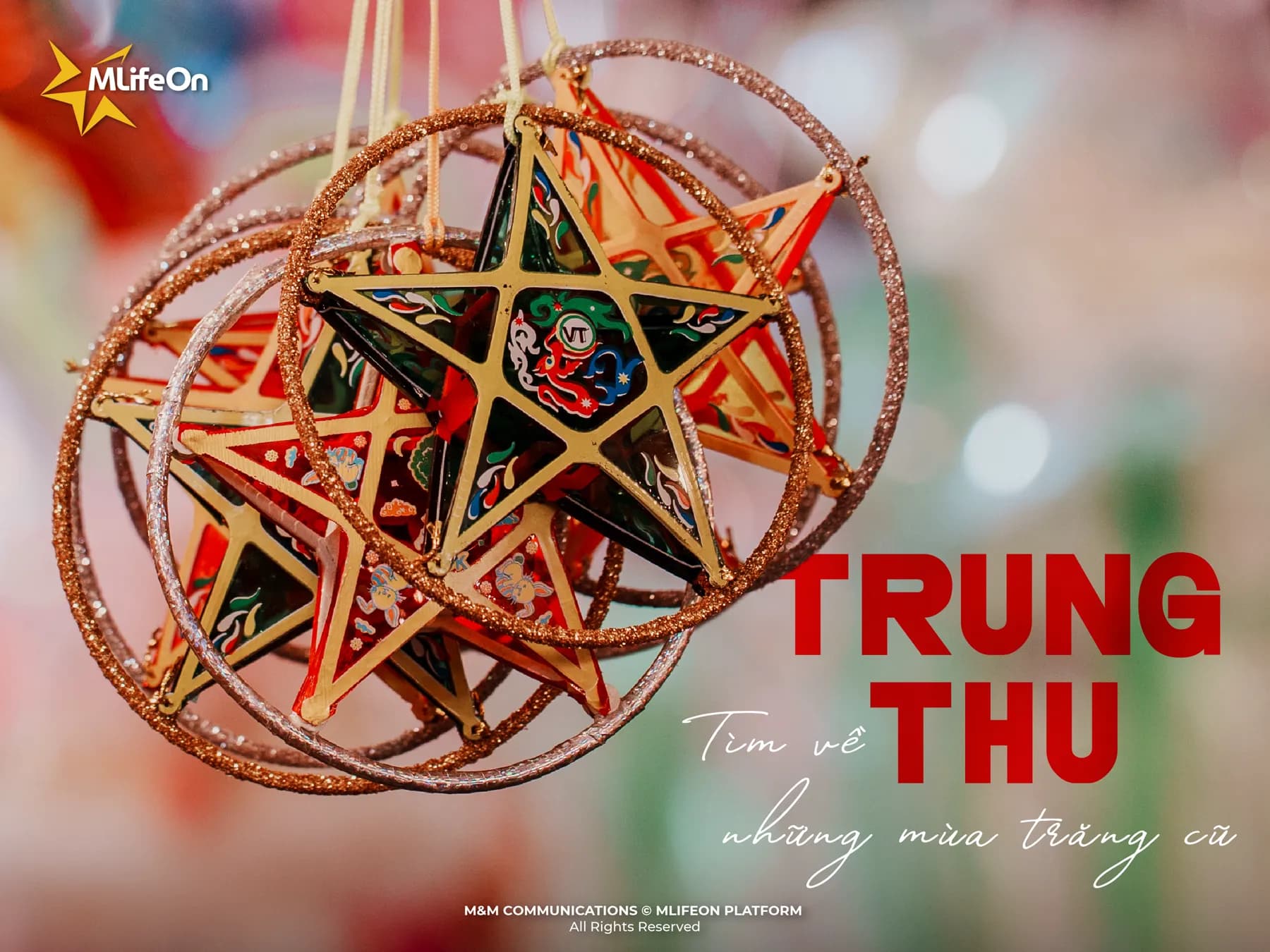There are things that seem so familiar, but we still pass by every day without having time to look back. Just a glance up at the moss-covered citadel wall, the curved roof reflecting the shadow of time, the stone stele silently between heaven and earth, we can still faintly see the patterns imbued with the national spirit. Through many layers of time, those patterns still silently exist, like the whispers of our ancestors echoing in the heart of ancient architecture. That is a priceless heritage that today's generation needs to preserve, reflect and continue, so that the soul of Dai Viet will forever resonate on the journey to the future.
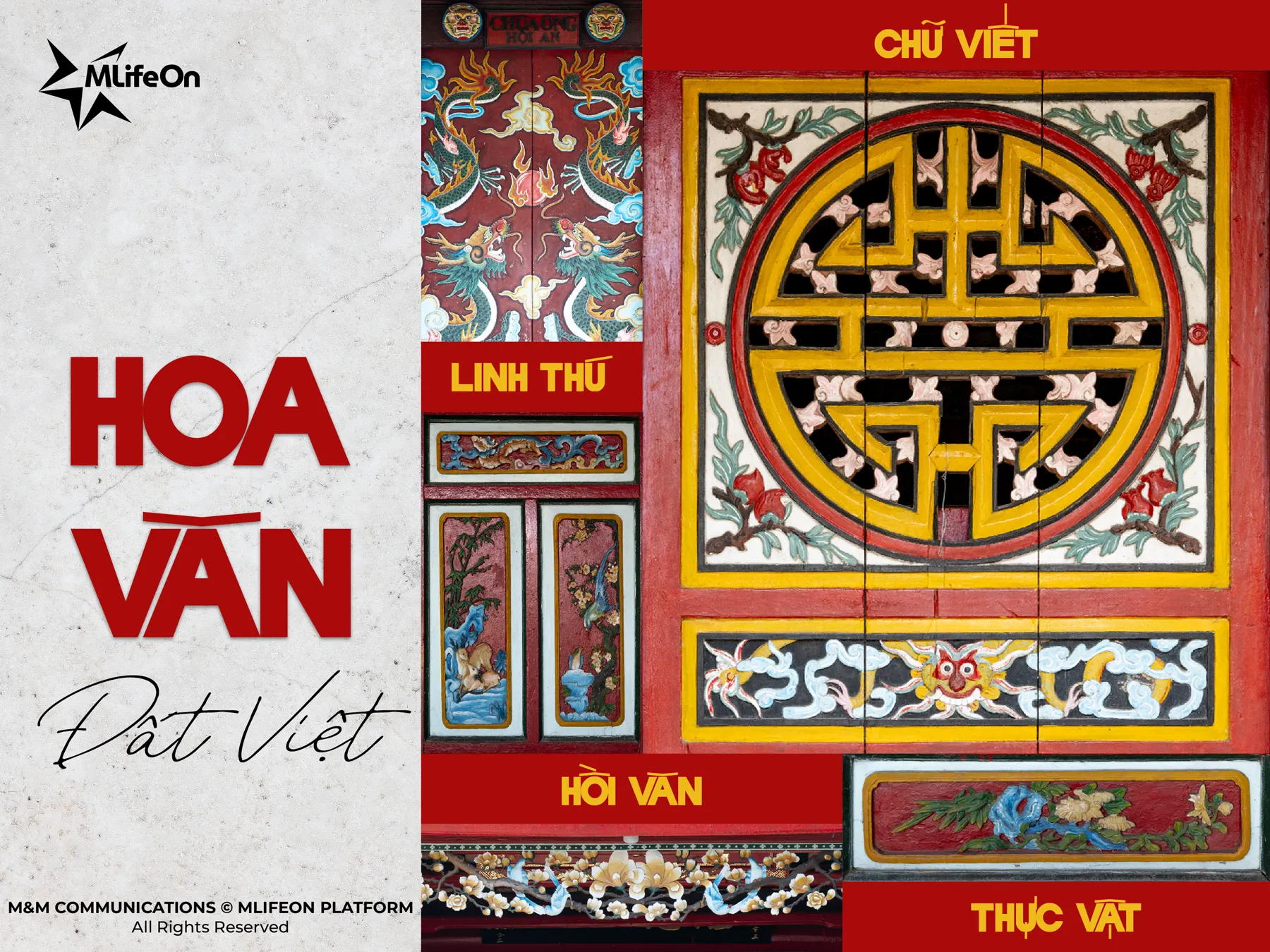
Overview of Vietnamese Decorative Motifs
The pattern system is a collection of decorative motifs with high symbolic and aesthetic value, created from familiar images, closely associated with the cultural and spiritual life of the Vietnamese people.
No one remembers exactly when patterns appeared. It is only known that since ancient times, on the surface of bronze drums, cliffs, in ceremonial costumes or archaeological relics, patterned images have been present as a way for ancient people to convey their beliefs, aspirations and thoughts about life.
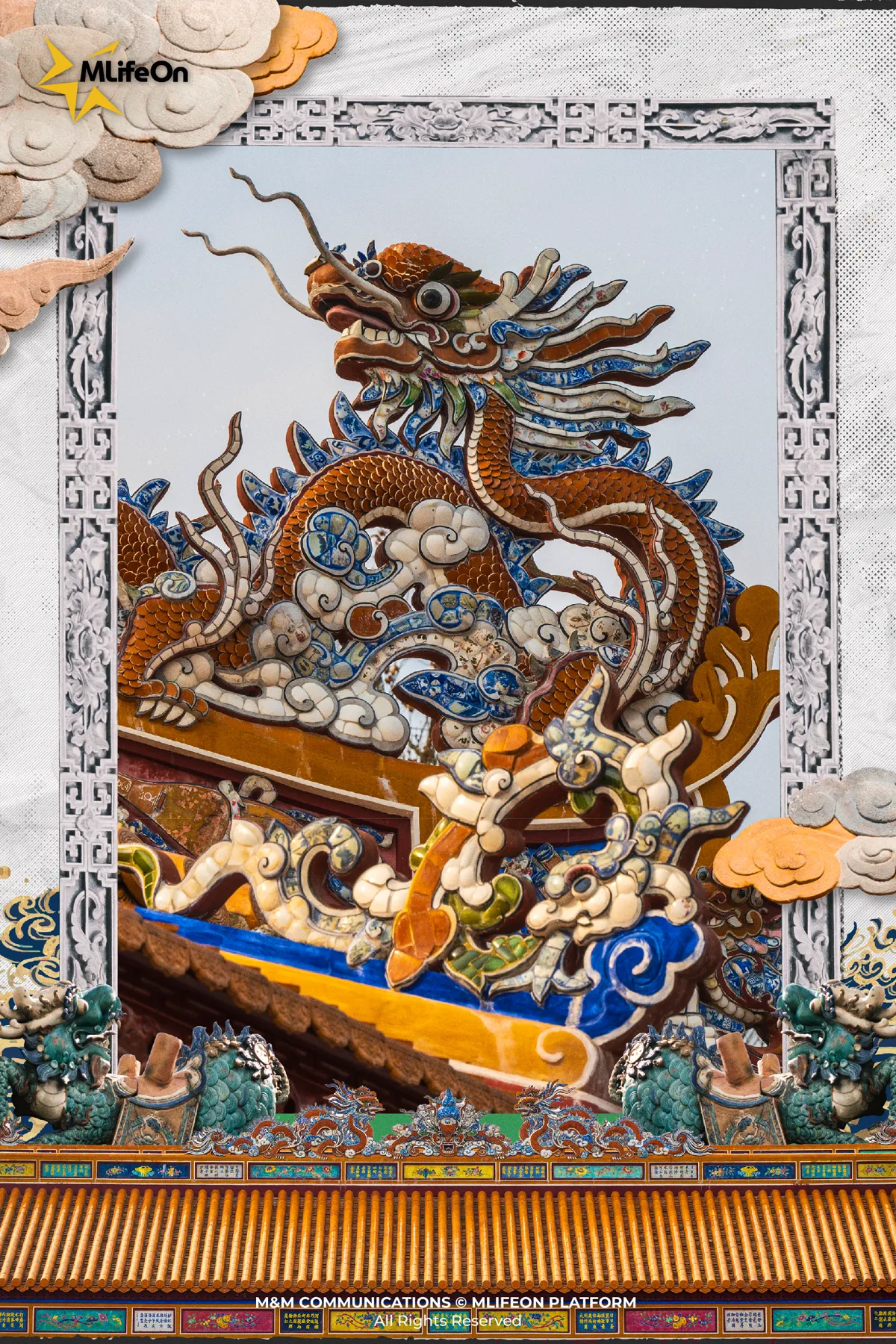
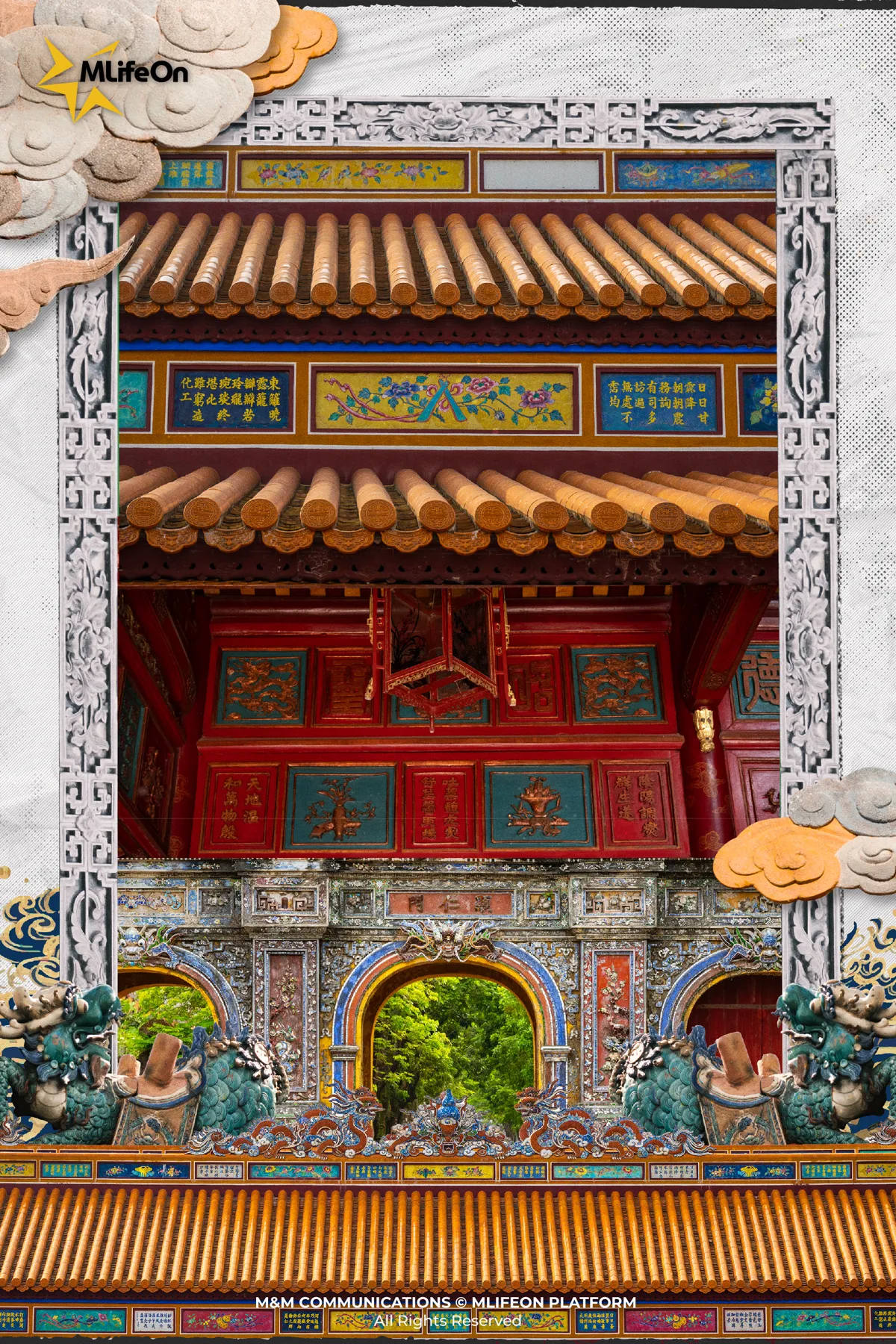
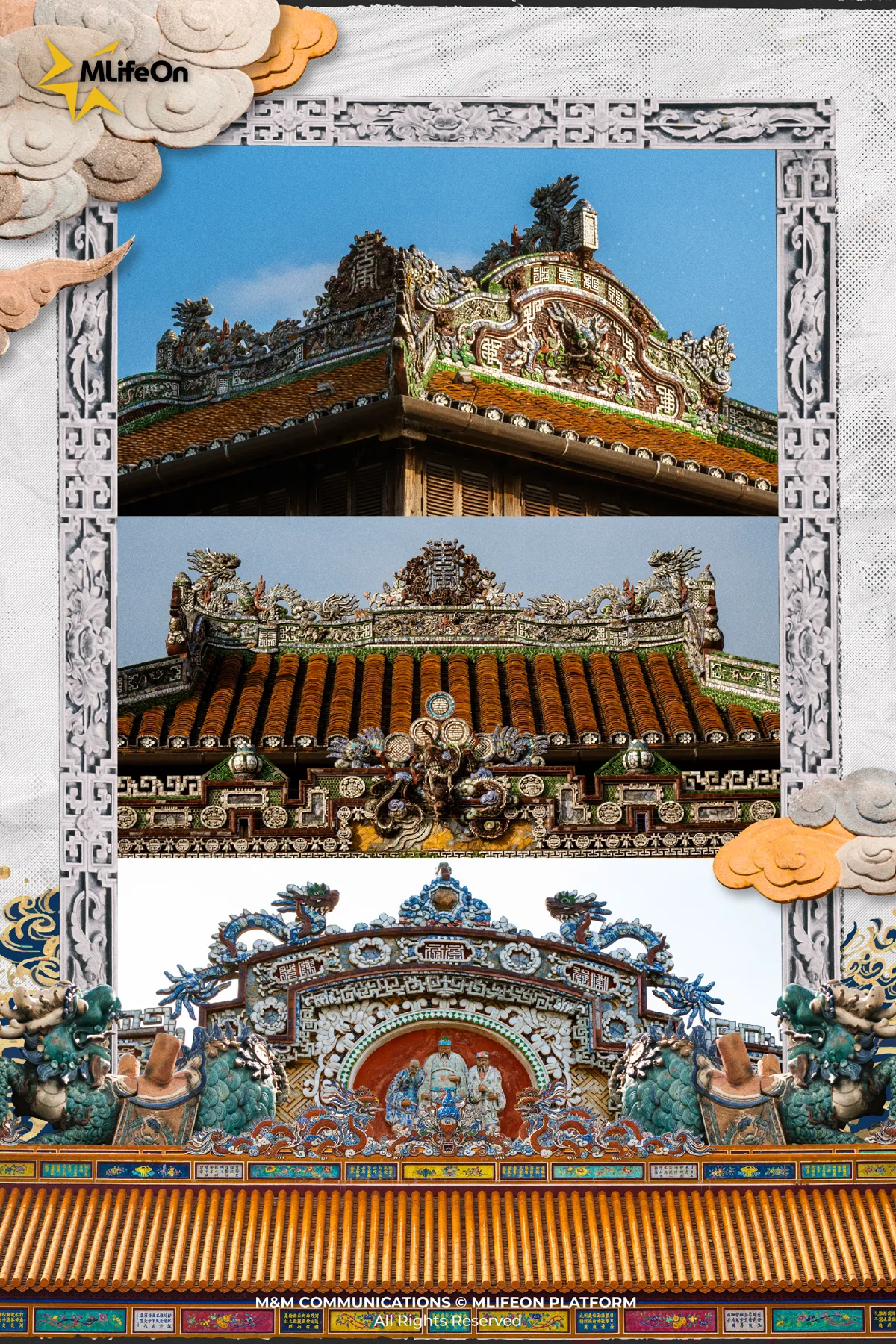
Decorative motifs on traditional Vietnamese roof architecture
Over time, the Vietnamese pattern system gradually became richer, enriched through each dynasty, diverse regions and human communities. Each pattern contains cultural and historical values of the nation.
In that treasure, there are four groups of patterns that stand out the most: writing patterns, animal patterns, plant patterns and stylized patterns. Each type carries a story, a layer of meaning, together creating a unique pattern system, enriching the precious ancient capital that the Vietnamese people have preserved for generations.
Calligraphic Motifs - When Characters Embody a Way of Life
To the ancients, writing was never just for reading. Characters were meant to be engraved, to be seen and reflected upon. And once they found their place in decorative motifs, these scripts seemed to transcend their role as mere symbols, they became philosophy, belief, and the most sacred values carried deep within the heart.
Rooted in pictorial essence, Hán-Nôm characters were thoughtfully distilled and stylized by the Vietnamese. They were carved and painted onto beams and columns, inscribed on horizontal panels, ceramics, wooden boxes, and more. Each calligraphic pattern held its own shape, its own soul, some bold and squared, others delicate and flowing like whispered thoughts frozen in time.
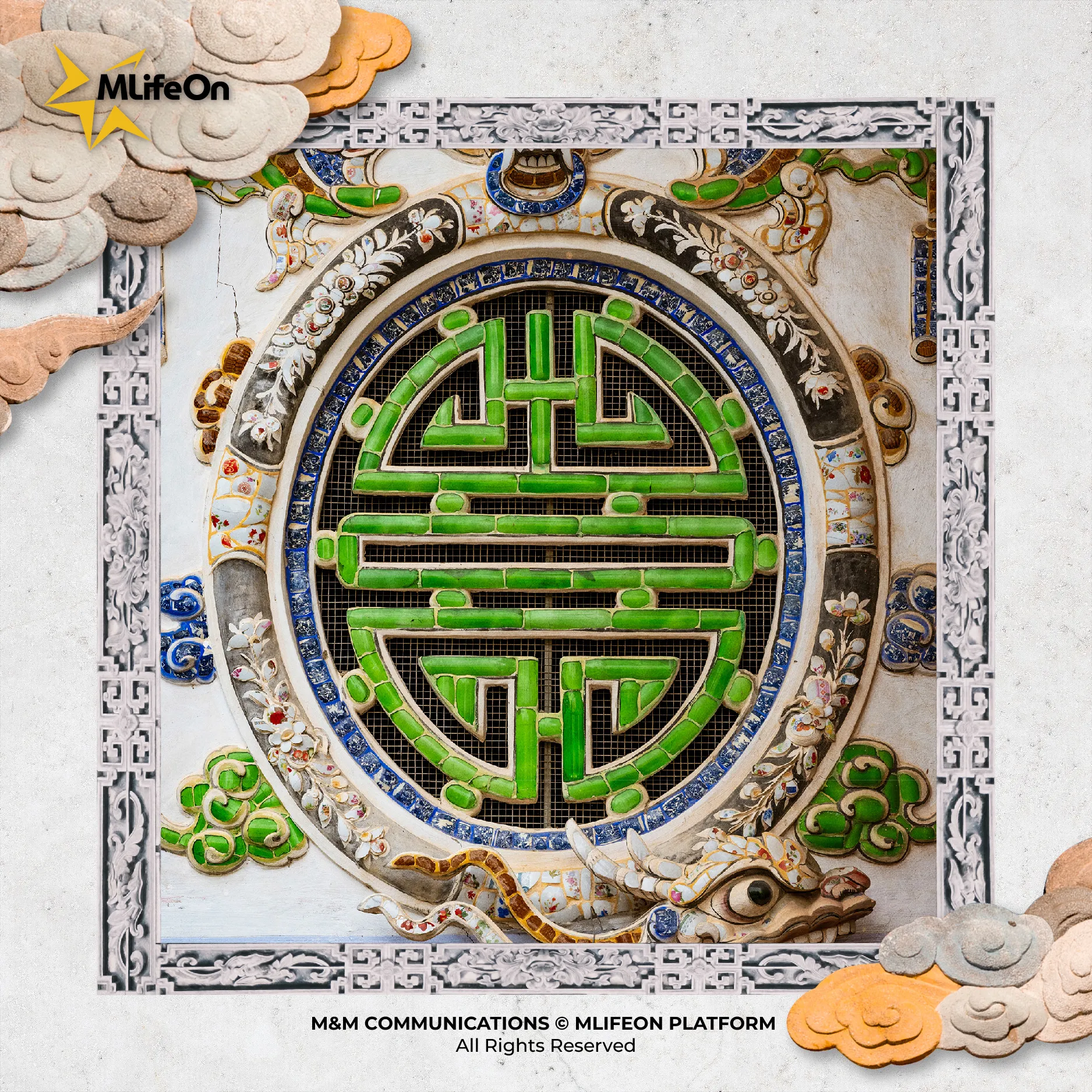
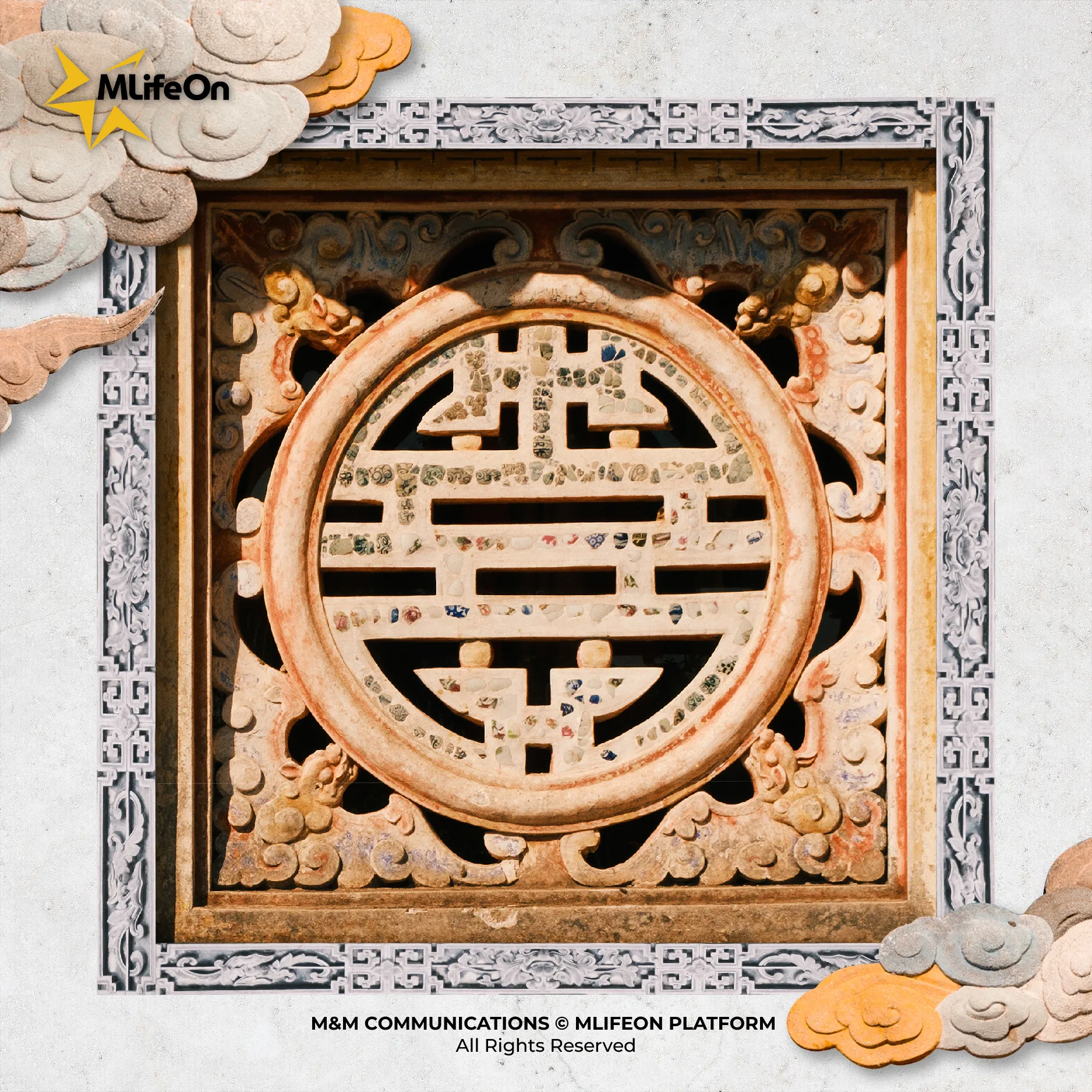
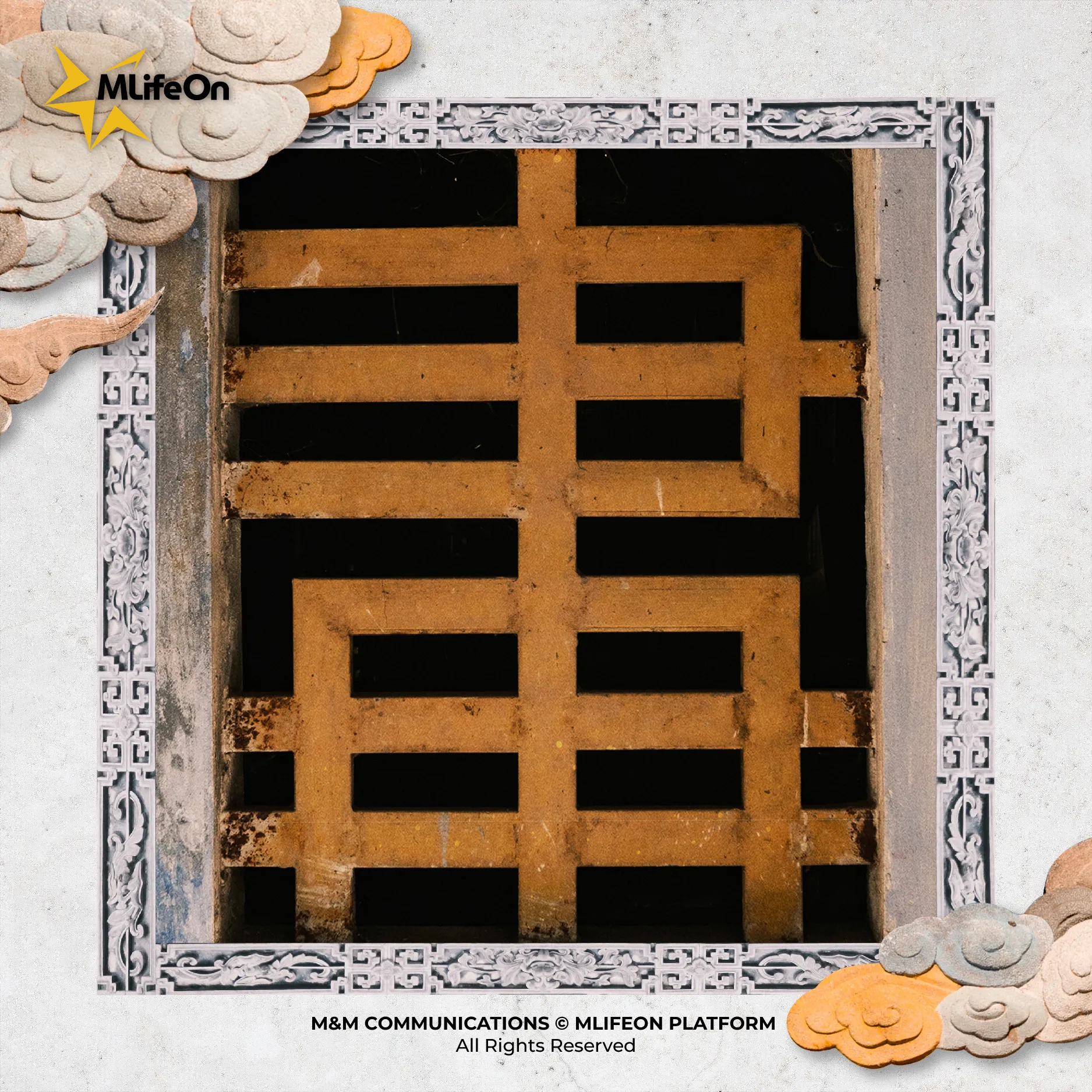
The character “Phuc” (Blessing) hung at the door is like an invitation for good fortune to come in. The word “Tho” (Longevity) carved on the beam carries a silent wish for a life of endurance and strength. Crimson parallel sentences placed on village temple pillars remind people to live with virtue and purpose. Calligraphic patterns are how the old generations left behind a part of their soul. As long as these characters are seen with reverence, the wisdom they carry will remain alive in this world.
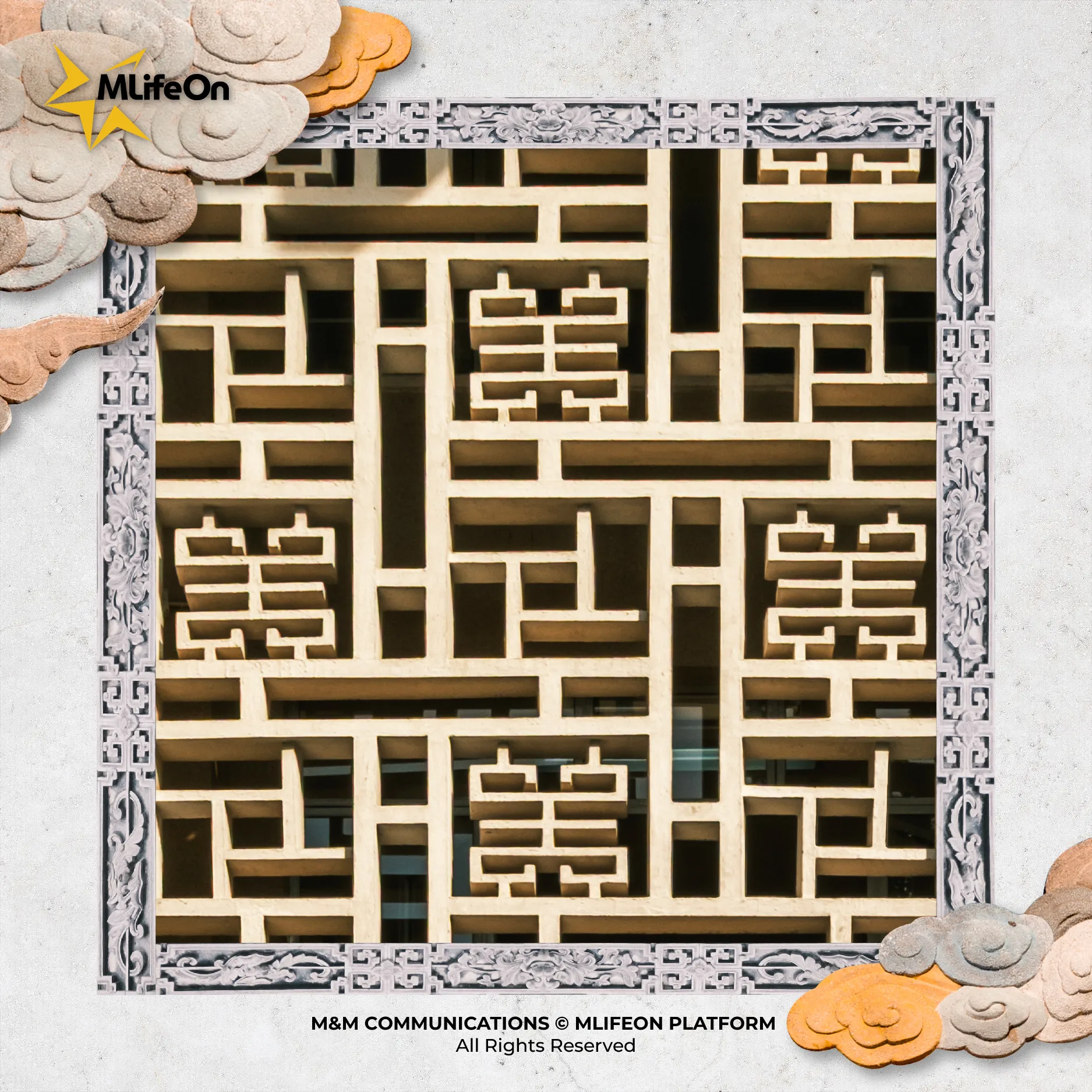
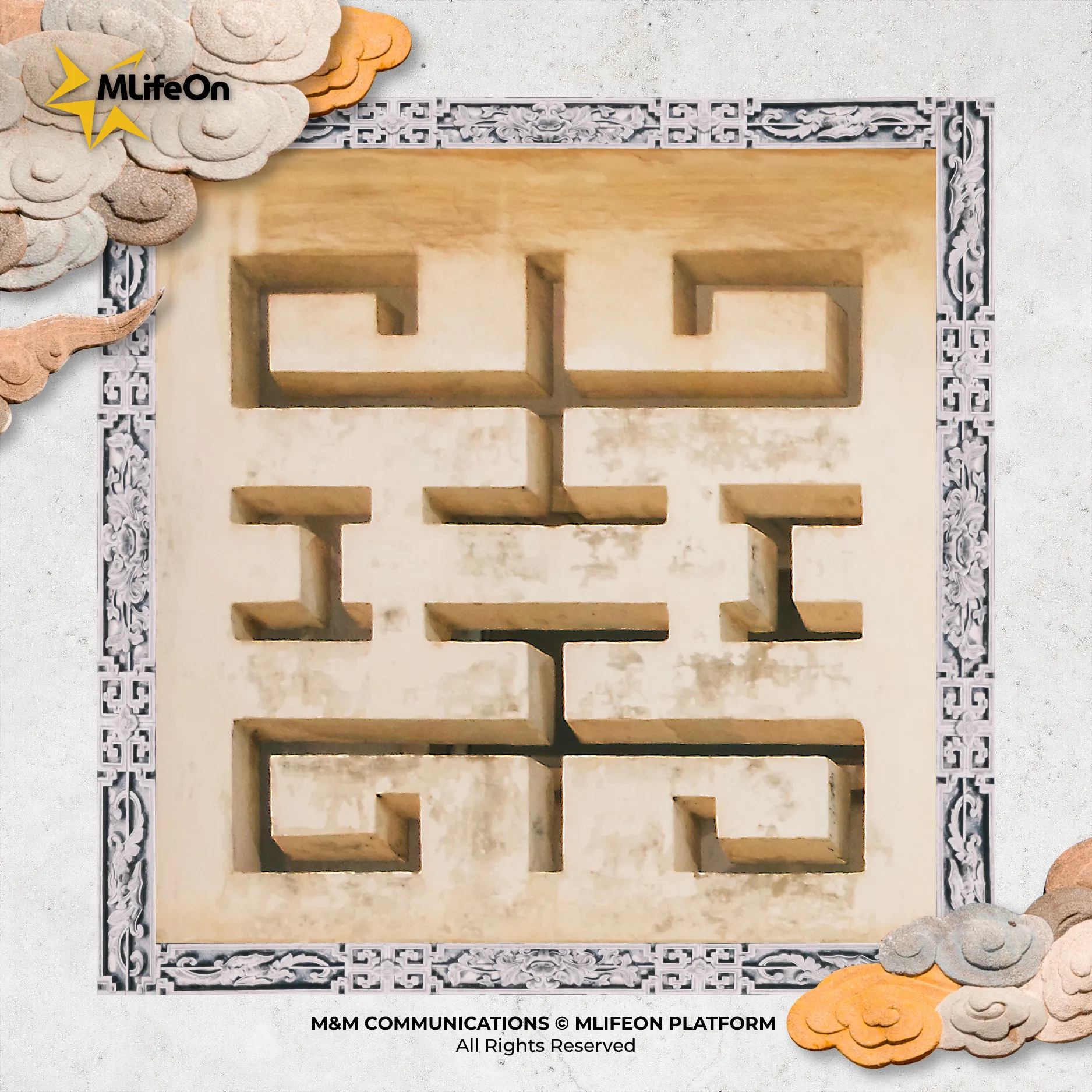
Mythical Creature Motifs - A Vision of Prosperity Ahead
Since ancient times, Vietnamese people have placed their wishes beyond ordinary life in the image of sacred animals. That is the desire to be protected, to live in a peaceful, prosperous world, where people follow the earth and sky. Dragon - Unicorn - Turtle - Phoenix are four sacred animals that do not exist in real life, but exist in human consciousness and in the patterns on communal house roofs and temple walls.
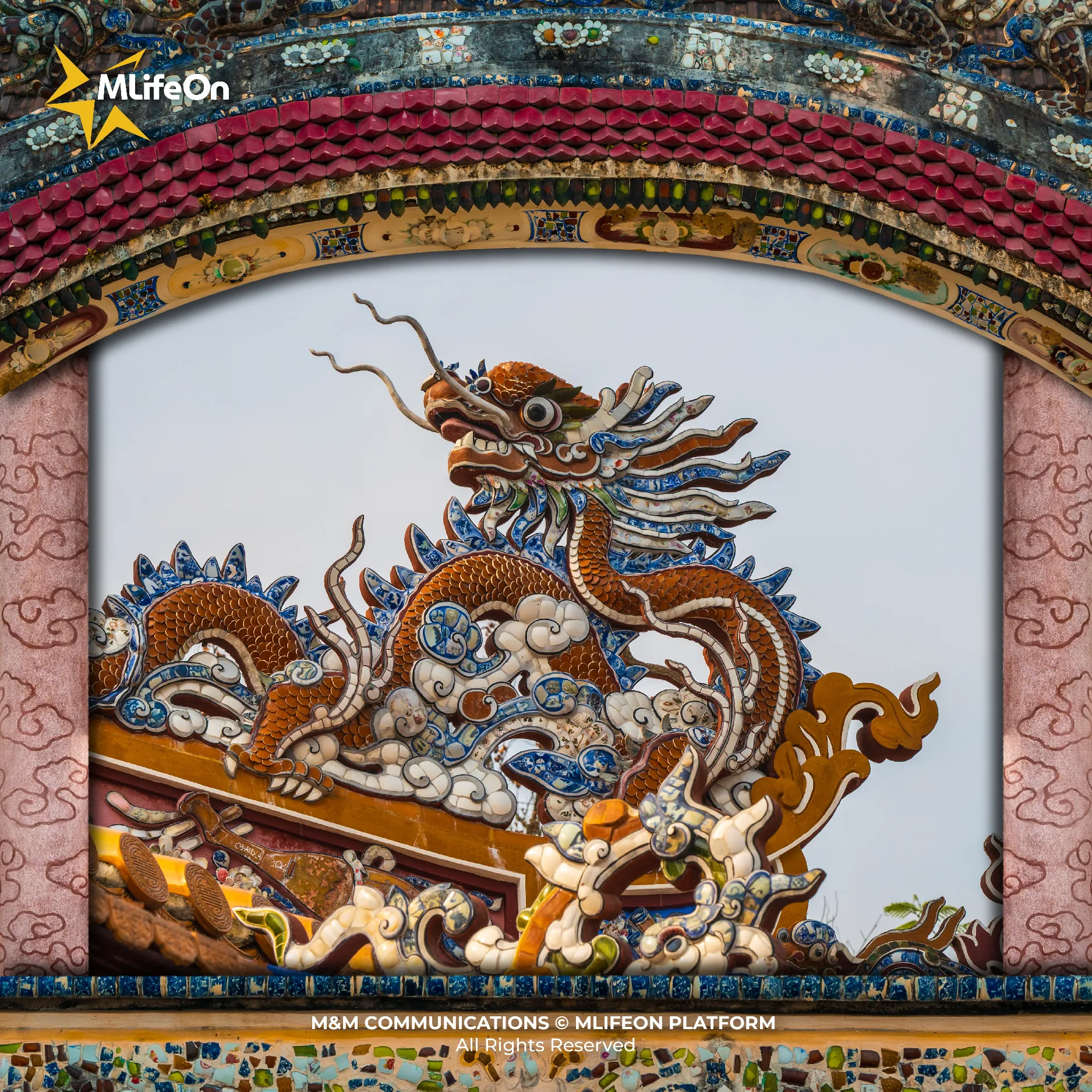
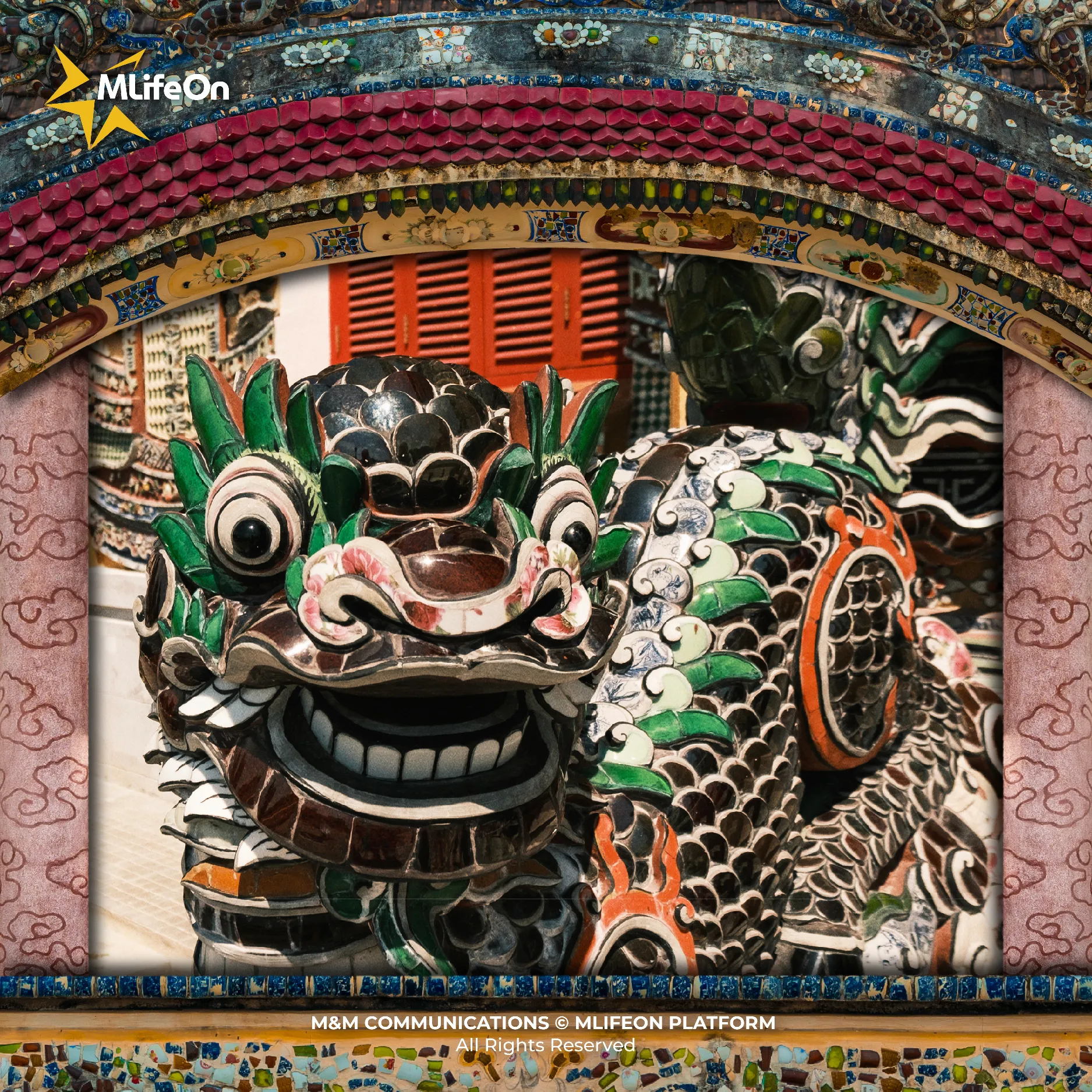
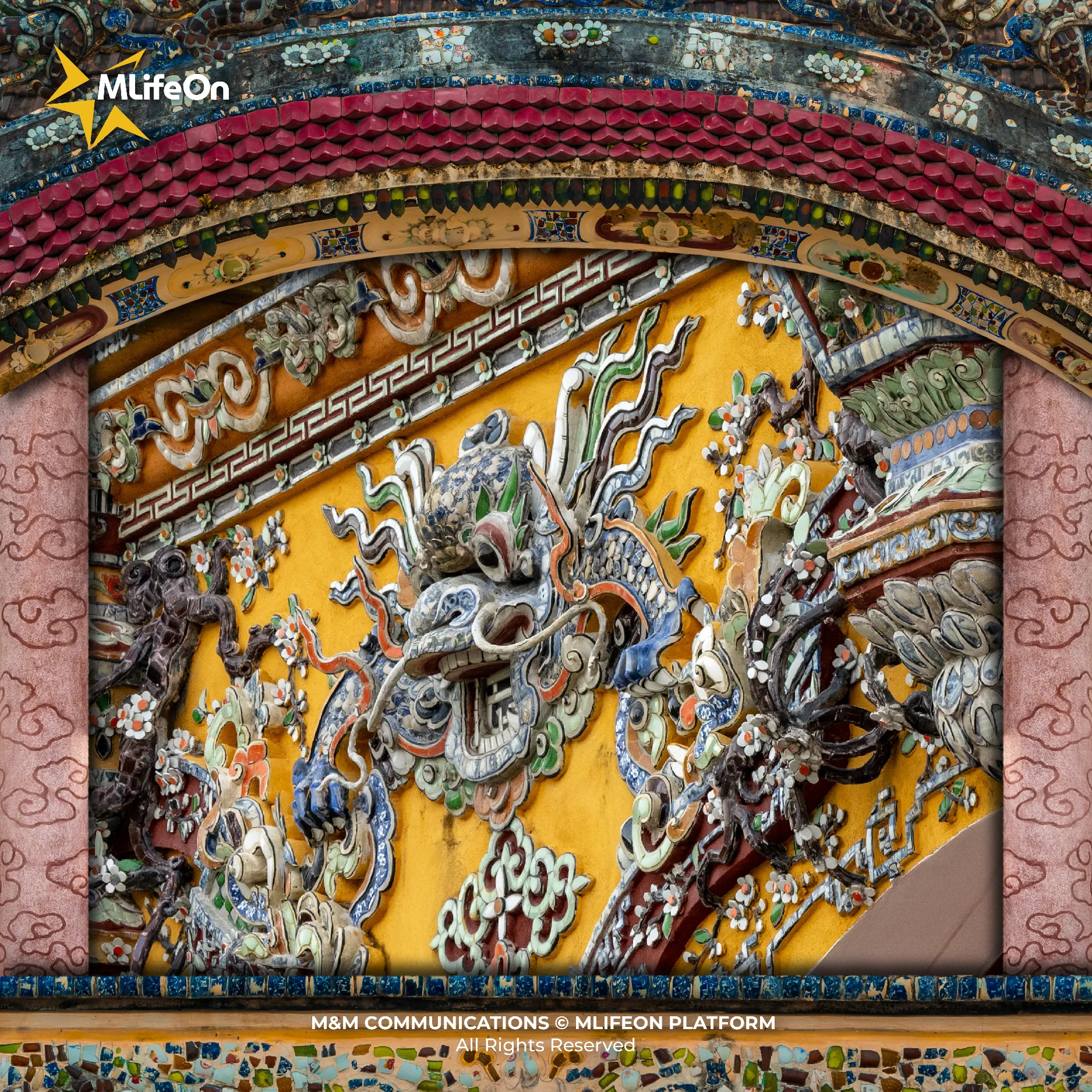
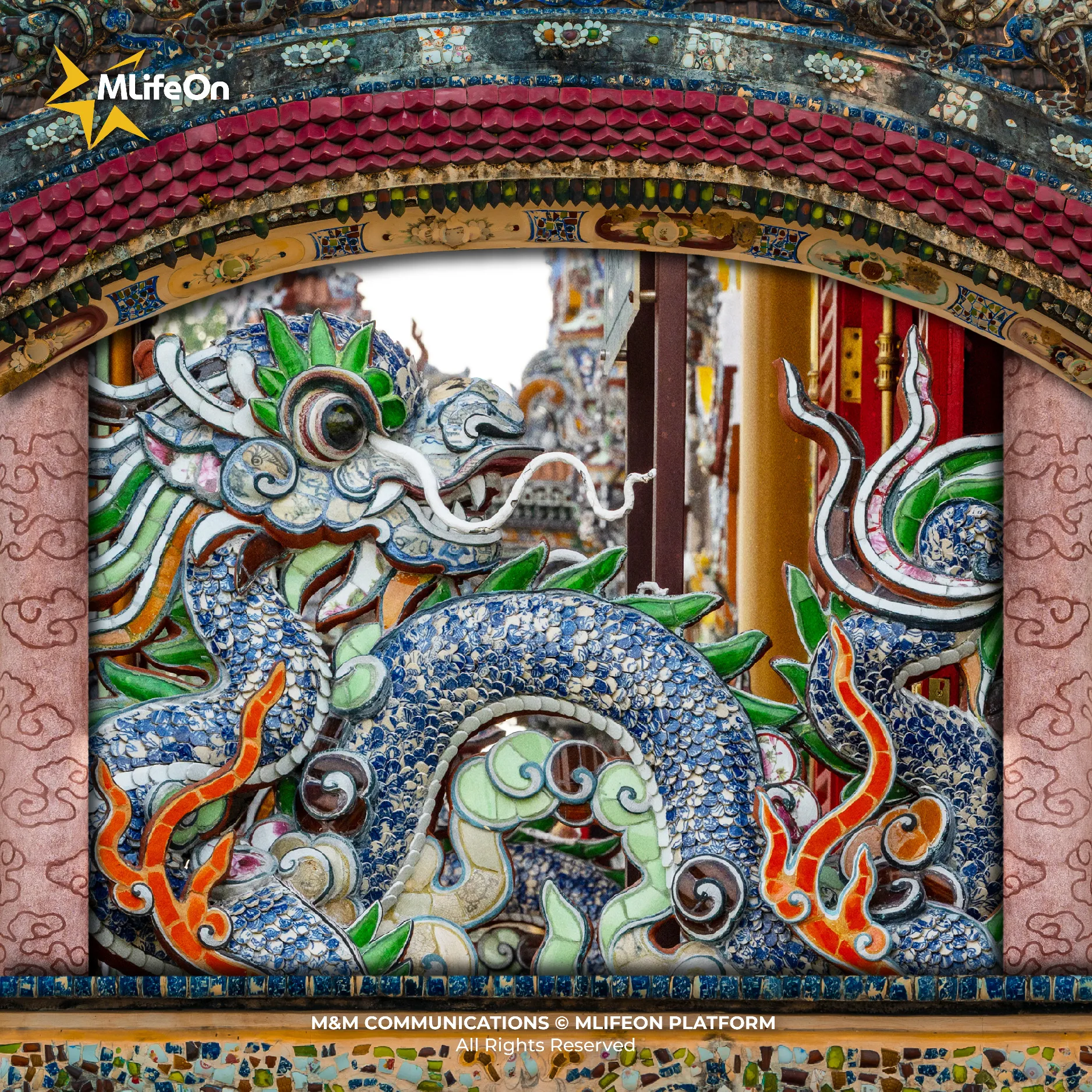
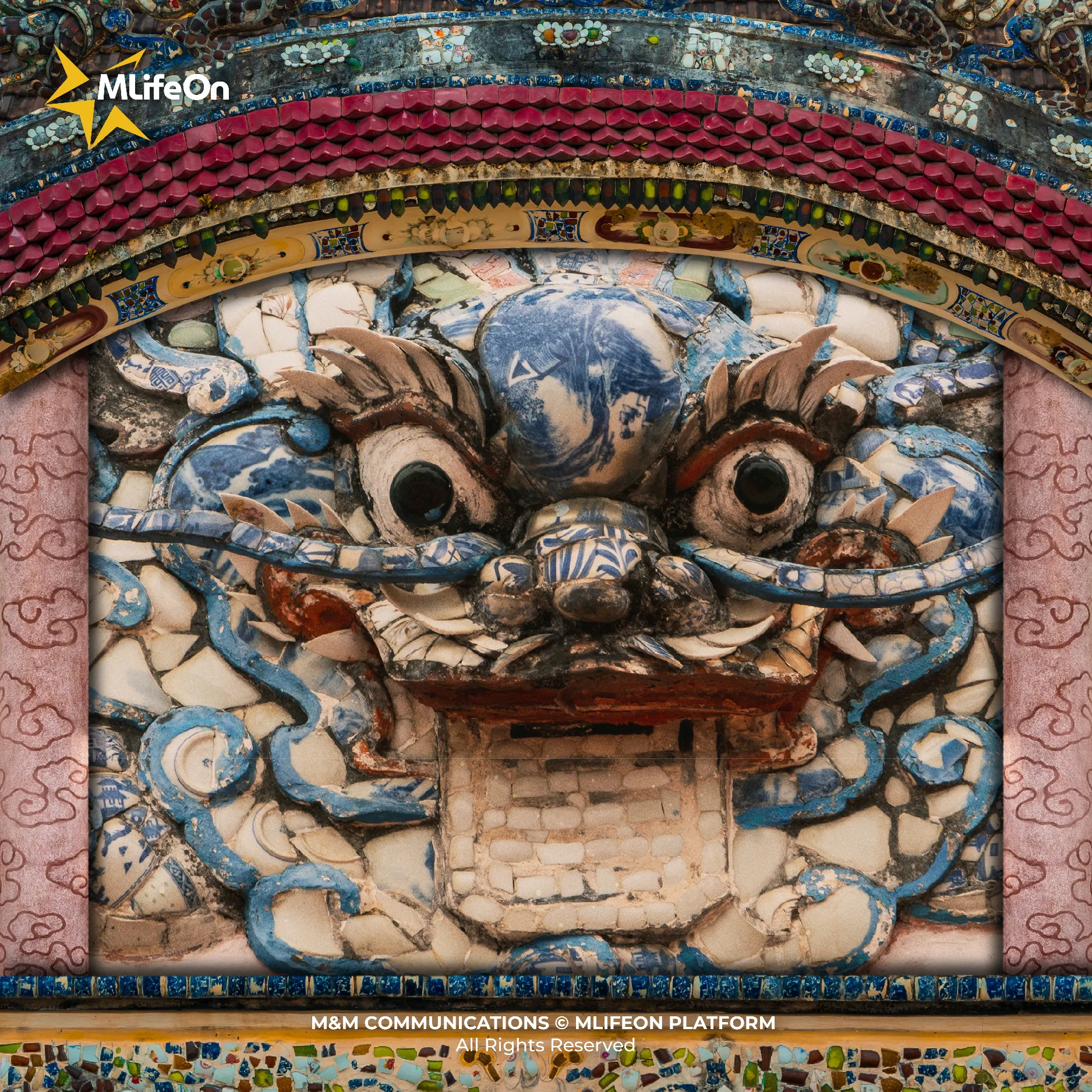
To ancient Vietnamese, mythical creatures were spiritual anchors tied to cultural values and worldviews.
On the roofs of communal houses and ridges, the Dragon's body wriggles in the air, its scales shining with bronze, as if it is transforming from a sacred realm. If it is a temple to worship the Holy Mother, that high position is given to the Phoenix with its graceful shape and long tail, symbolizing the motherly character. The unicorn is usually in a lower position, the embodiment of blessings and peace that needs to be preserved. The turtle stands lowest, quiet but steady, carrying the idea of eternity.
It is not by chance that the ancients chose to use patterns to express the image of the sacred animal. They abstracted the symbol, expressing the spirit through shapes and lines. There, each sacred animal is not just a decorative pattern, but an aspiration that is "shaped" into shape.
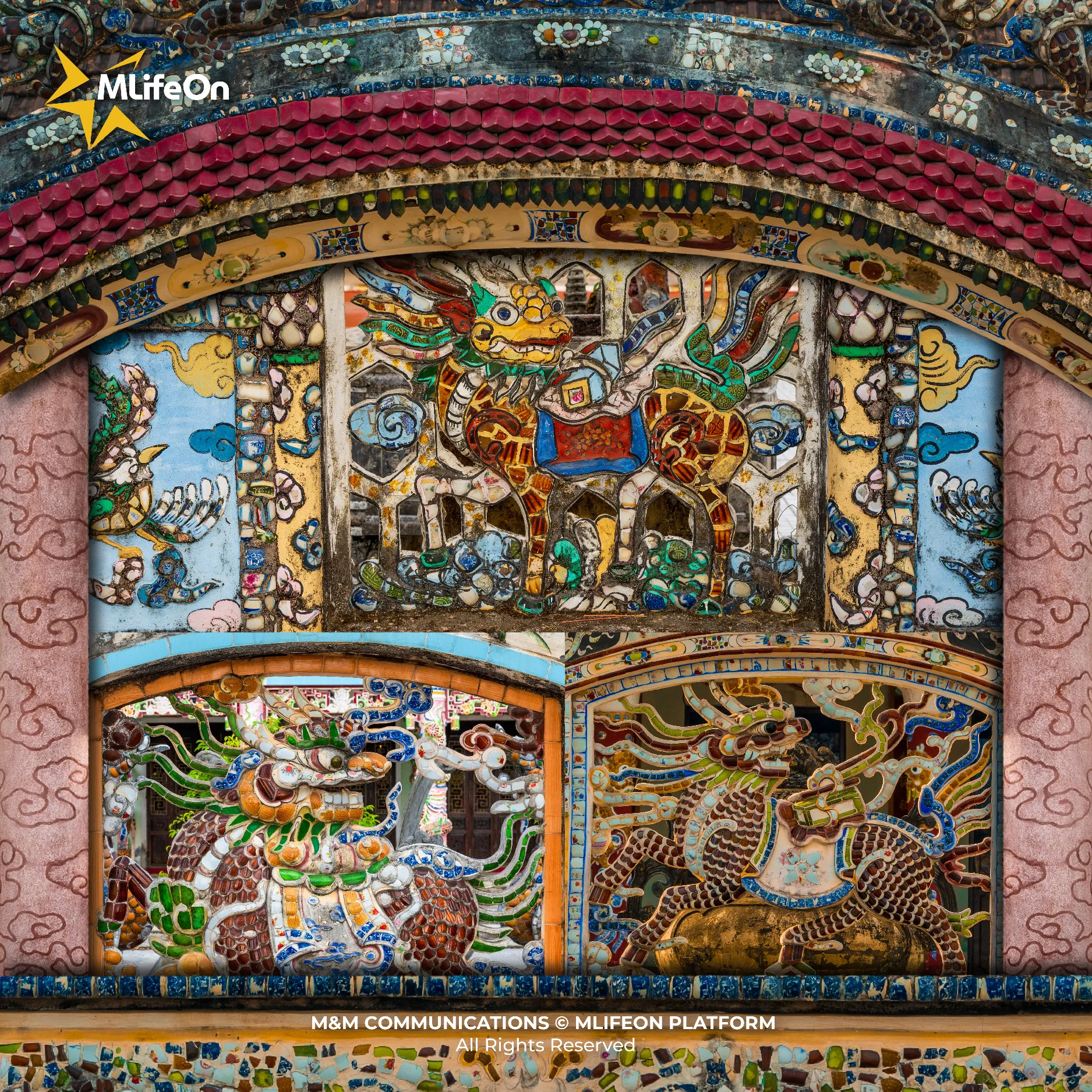
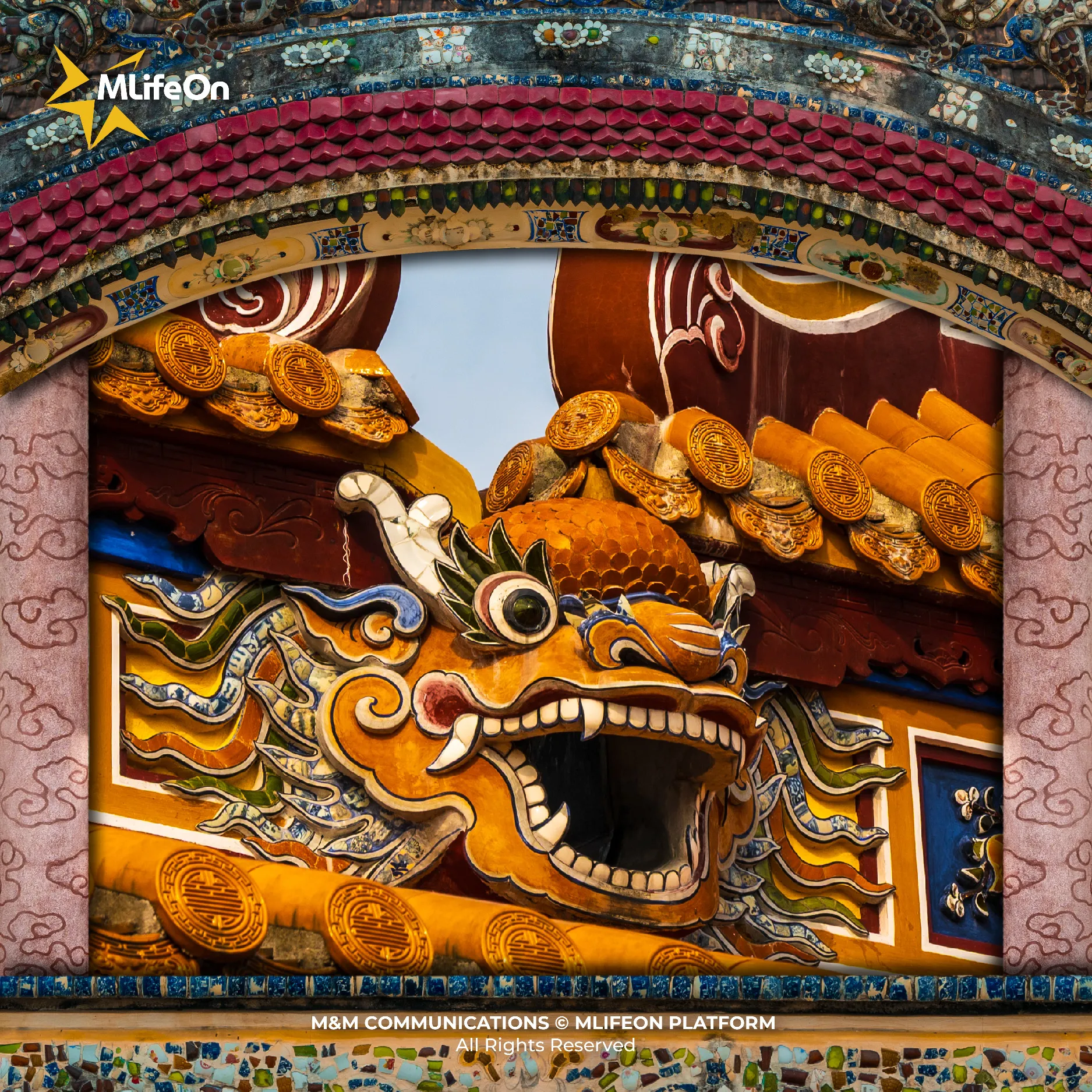
Botanical Motifs - When Nature Becomes the Essence of Architectural Lines
Plants have long found their way into traditional art, taking form through patterns of flowers, leaves, and fruits. Sometimes, they appear in vivid, recognizable shapes; other times, they are distilled into stylized, abstract lines. Yet in every form, they retain the gentle spirit and vibrant life that nature so effortlessly offers.
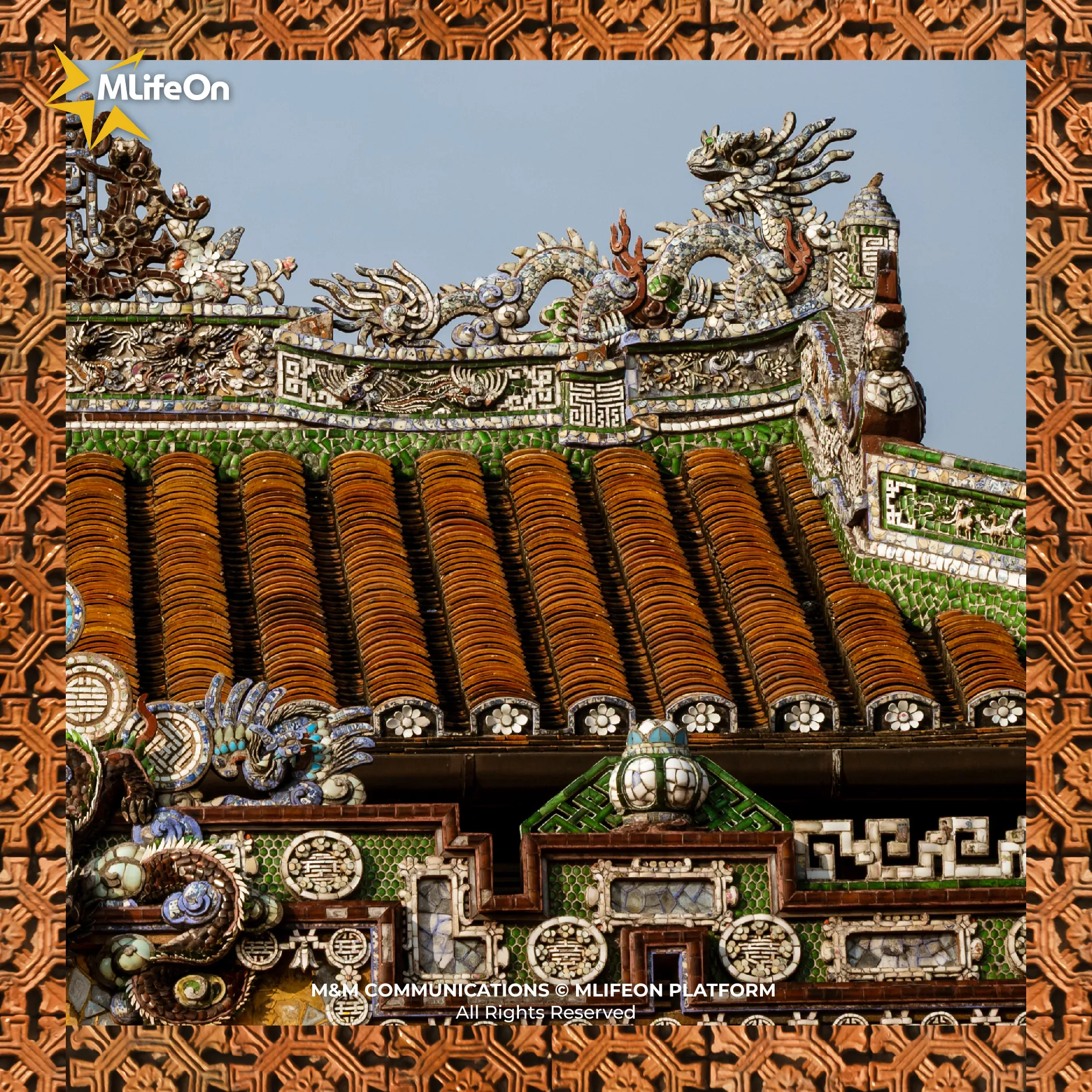
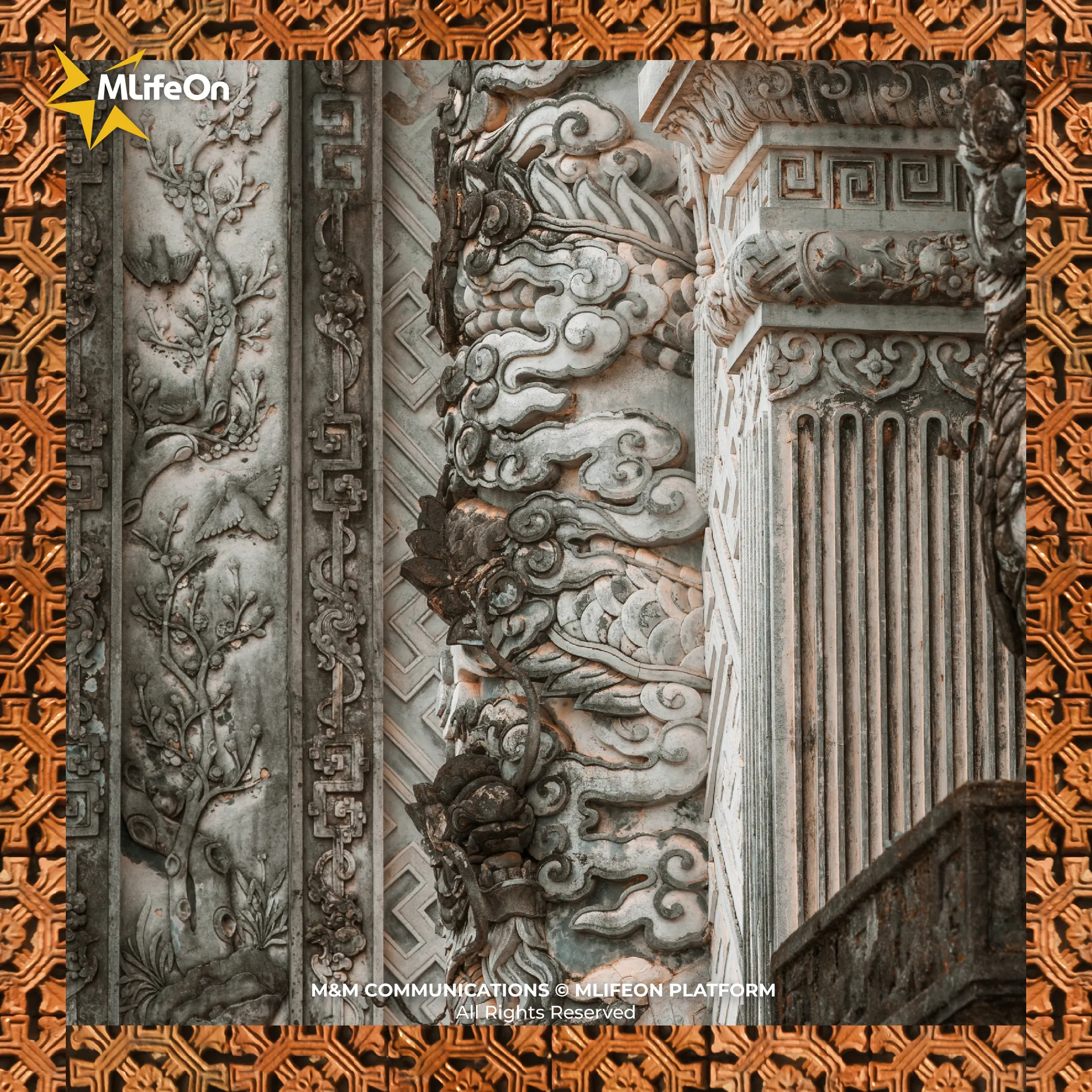
Botanical motifs are delicately refined to harmonize each detail with the overall composition.
Amid the majestic forms of mythical beasts, botanical motifs bring a gentler breeze. Inspired by flora, the ancients did not treat nature merely as a backdrop to life, but as an essential material woven into the very fabric of art. There is the nobility of a blooming lotus, the graceful curves of climbing vines trailing along tiled roofs, the slender yet resilient droop of bamboo branches by the temple eaves. Each detail was crafted with meticulous hands, so that even the smallest motif harmonizes with the whole, never ostentatious, yet deeply expressive.
Perhaps that’s why botanical patterns always have a calming effect. They soften the rigidity of stone and wood, adding warmth to spaces often marked by solemnity. In the hands of artisans, these motifs become the soul of architecture, a quiet link between humans and the heavens, between the tangible and the spiritual, between outward beauty and inner peace.
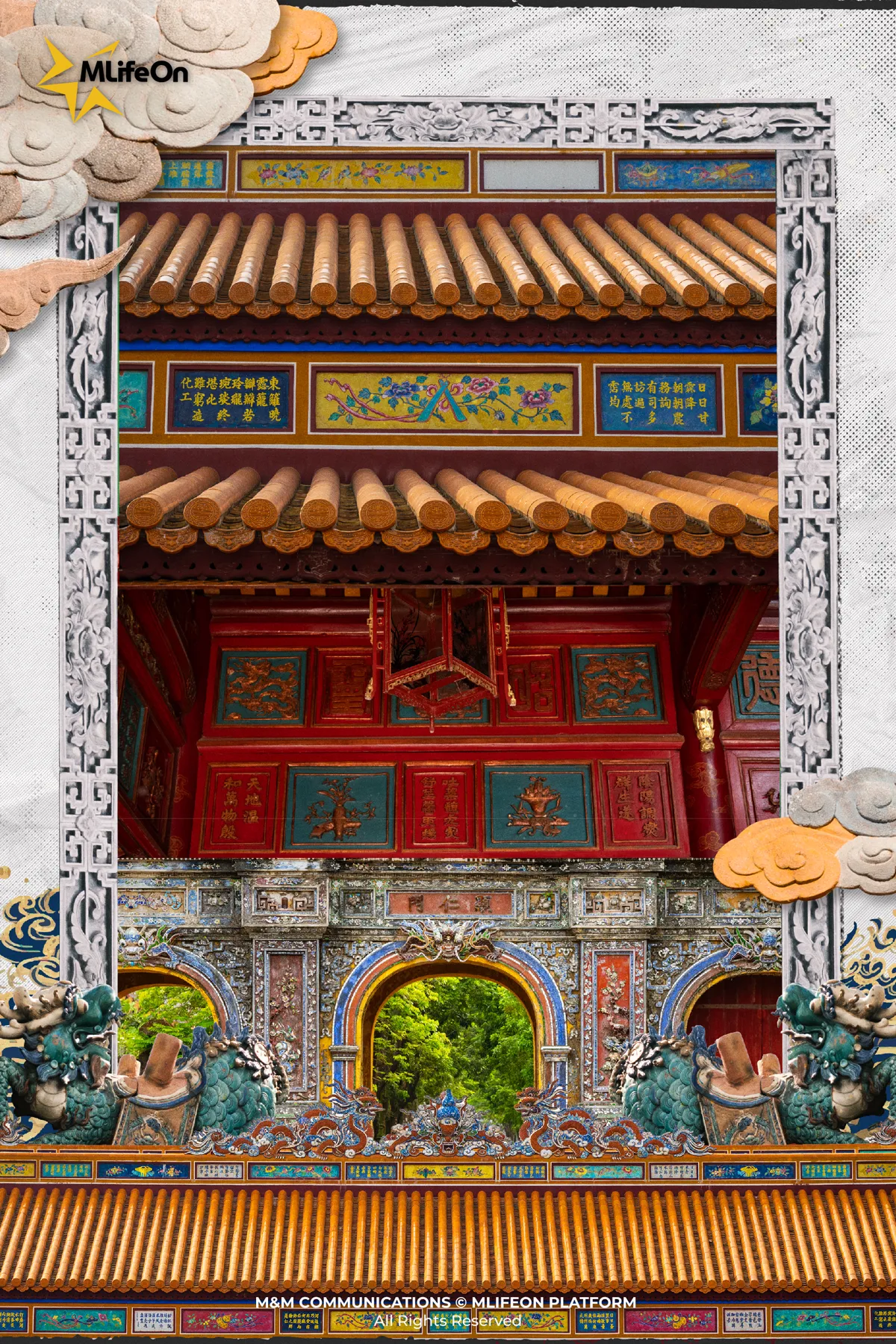
Meander Motifs - The Artistic Beauty of Repetition
At first glance, meander motifs may seem simple, just repeating, continuous lines. But it is precisely this simplicity that gives them enduring strength. These winding patterns flow like an unending stream, symbolizing completeness, eternity, and the cyclical nature of life in Eastern philosophy.
Meander designs are often used as borders, frames, or backgrounds for central motifs. Though they play a supporting role, they are what create the rhythm of the entire composition. In some places, meanders are stylized into cloud or wave shapes, subtly weaving the cosmos into even the smallest details.
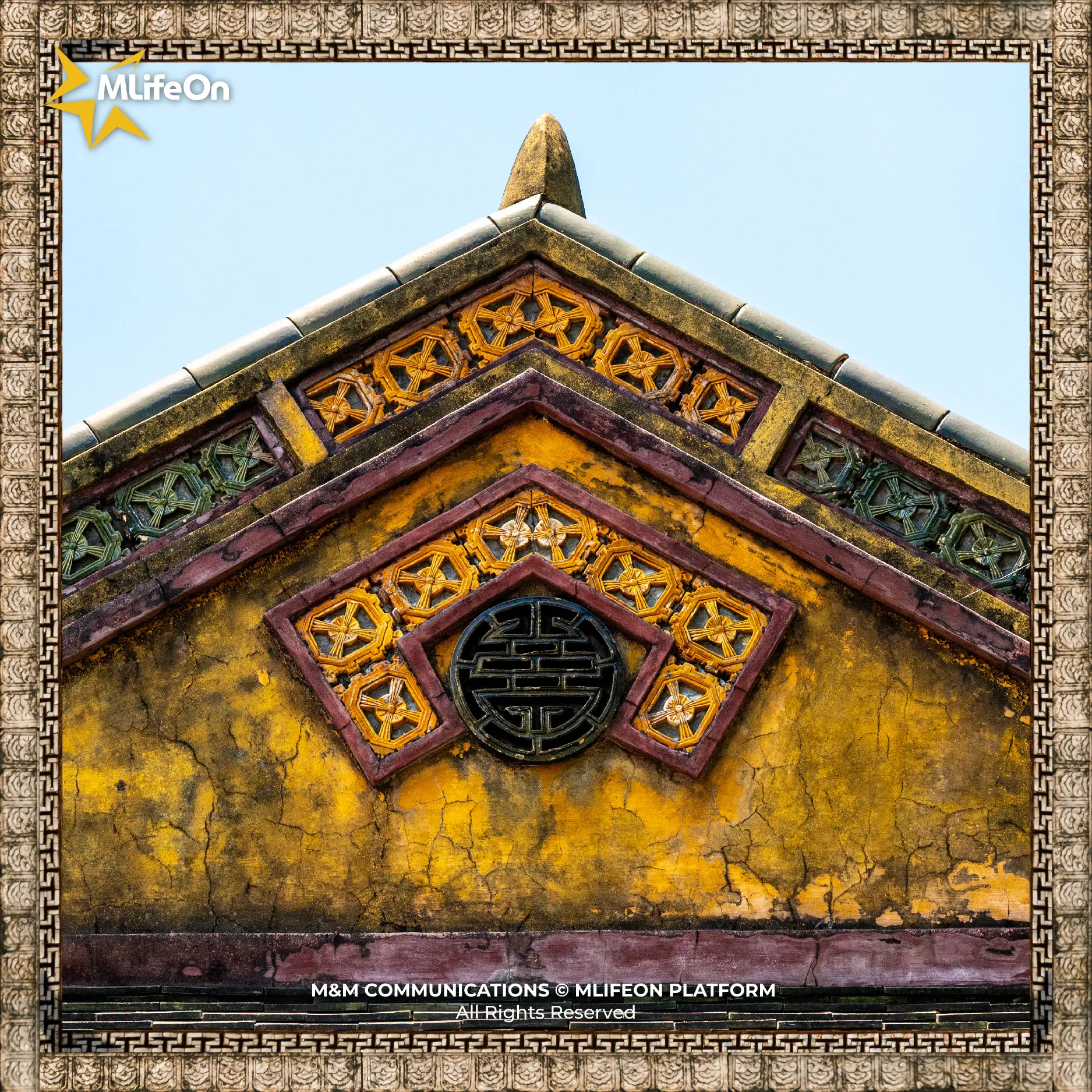
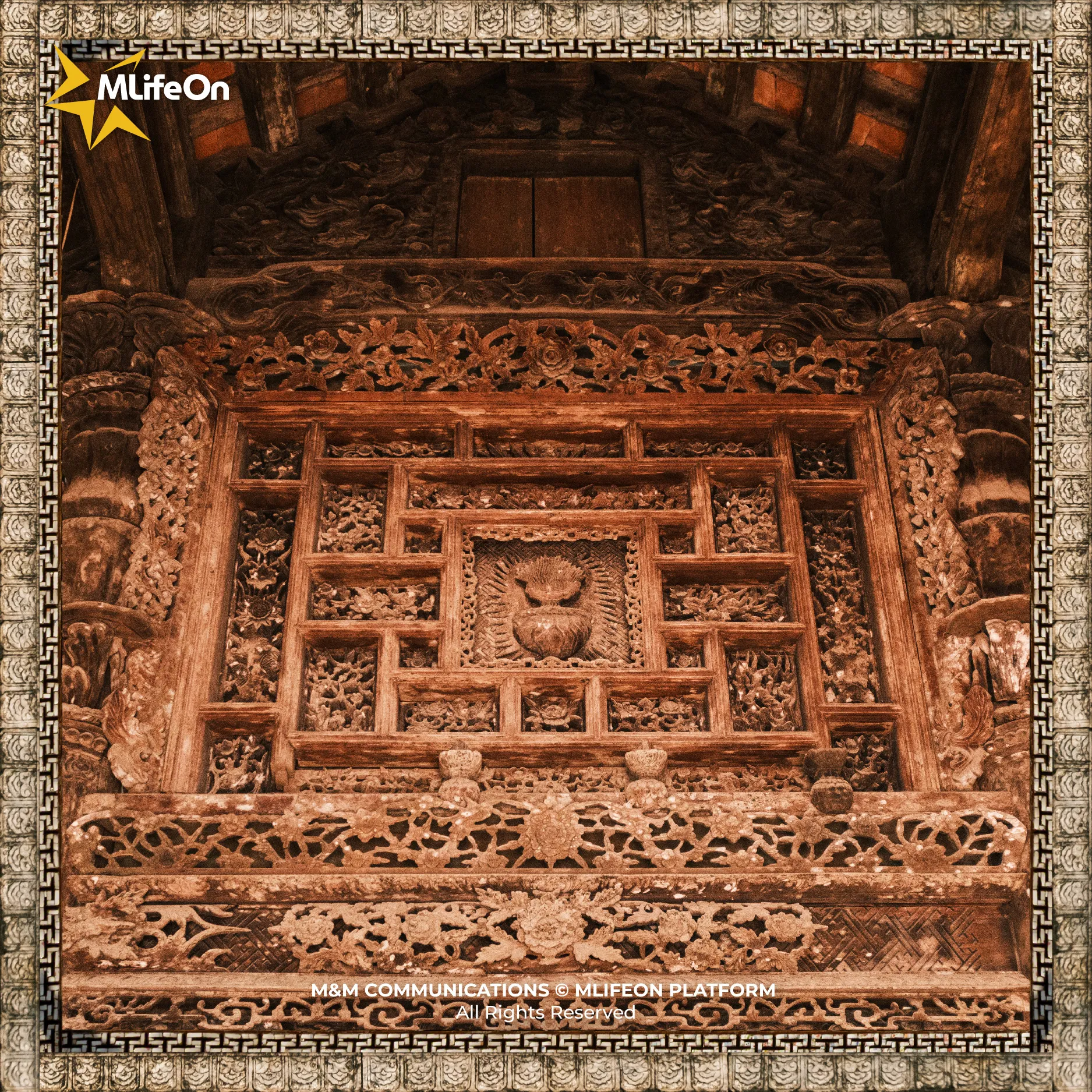
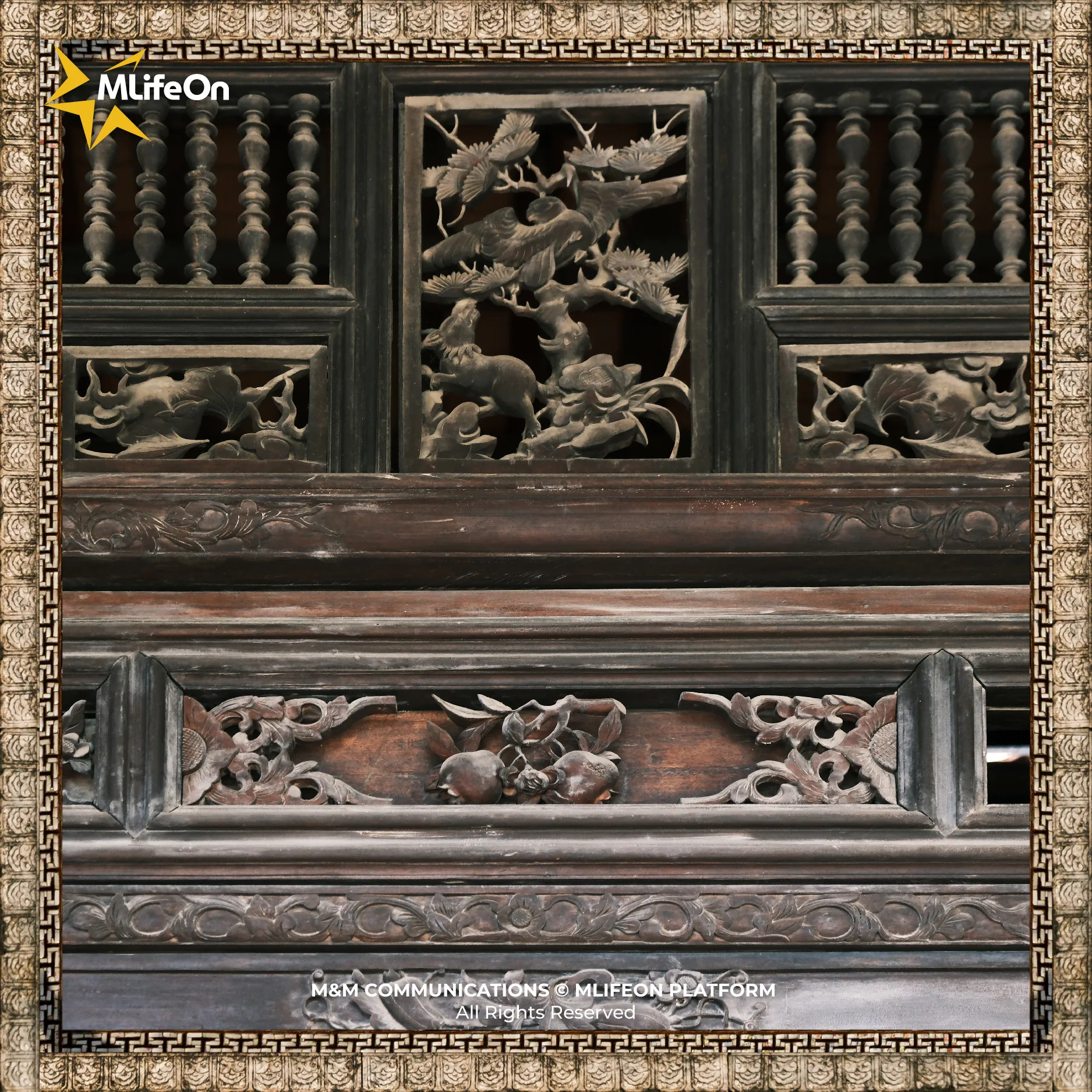
Meander motifs represent ideas of continuity, completeness, and eternity in Eastern philosophy.
And it is through such combinations of motifs that ancient architecture offers more than just something to look at, it offers something to feel. A sense of harmony and order, evoking continuity between the old and the new, between what has passed and what quietly endures.
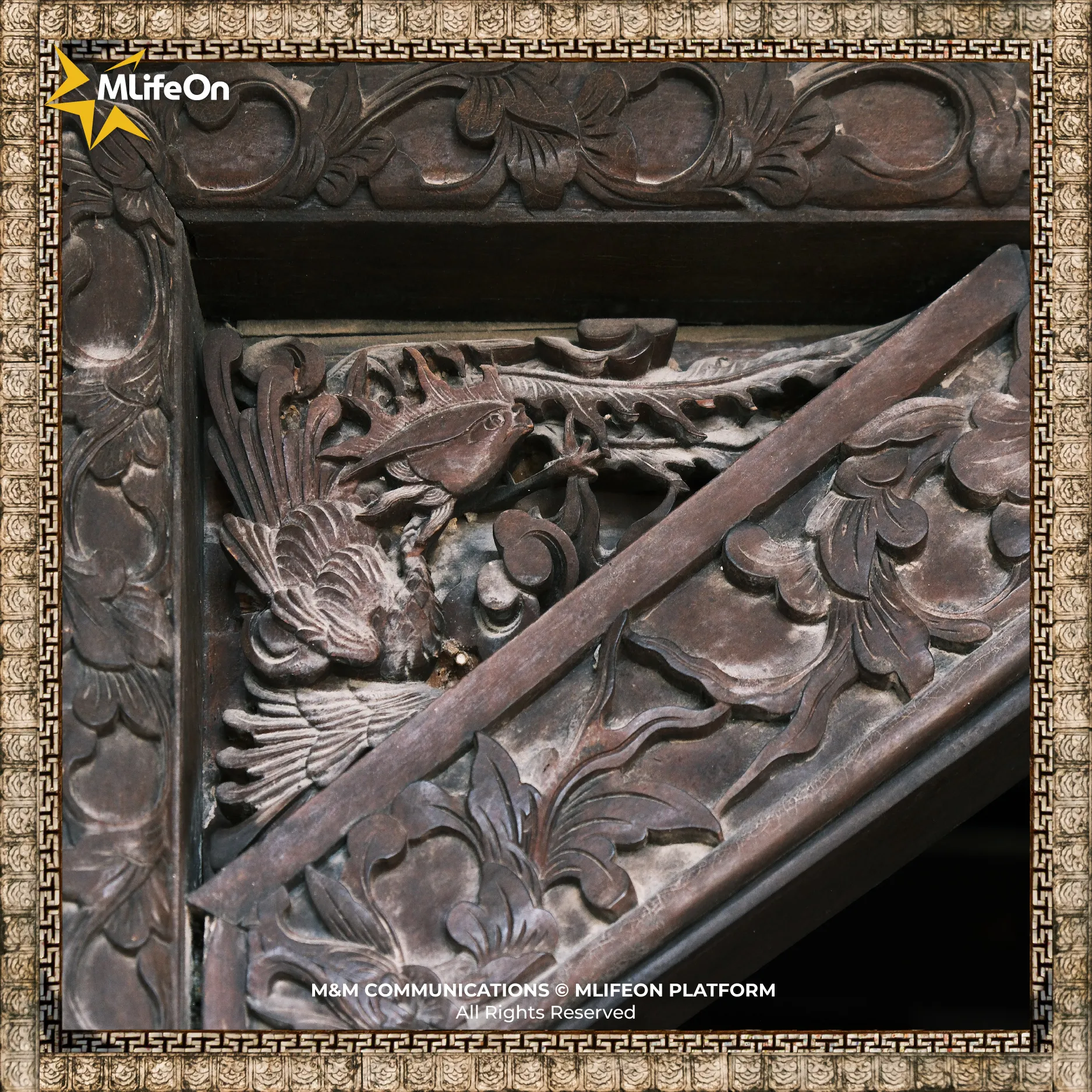
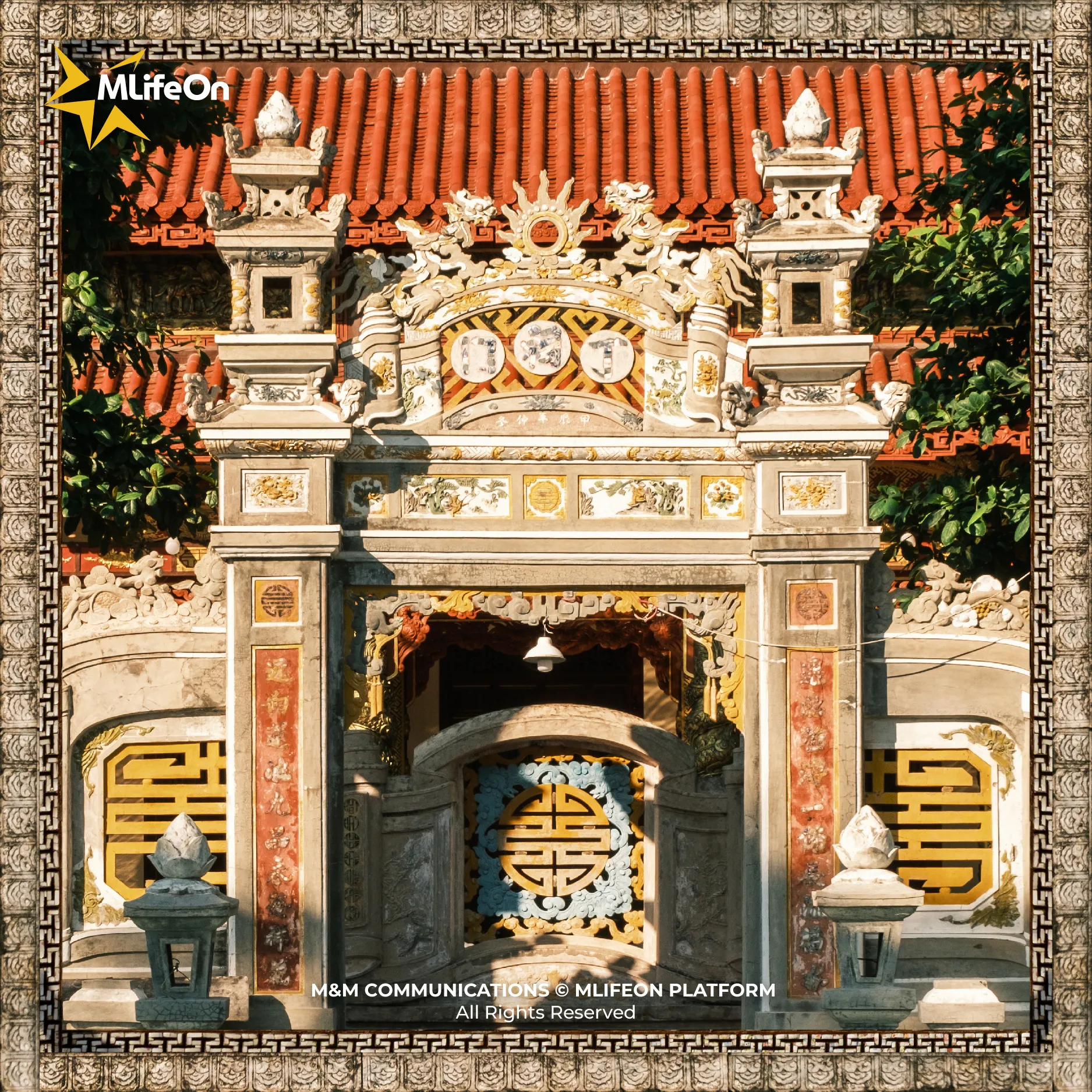
On the journey to preserve identity, looking back at traditional patterns is a way to get closer to the treasure trove of thoughts and souls of our ancestors. Each group of patterns from writing to sacred animals, plants to inscriptions are part of the ancient architectural system. These values go beyond decorative purposes, becoming ancient capital that needs to be respected and preserved. It is also a priceless source of inspiration for those who love culture and desire to explore the depth of Vietnamese traditions.
---------
CREDIT:
- Photography: Luan Nguyen
- Content: Vy Vy
- Design: Phuong Nguyen




